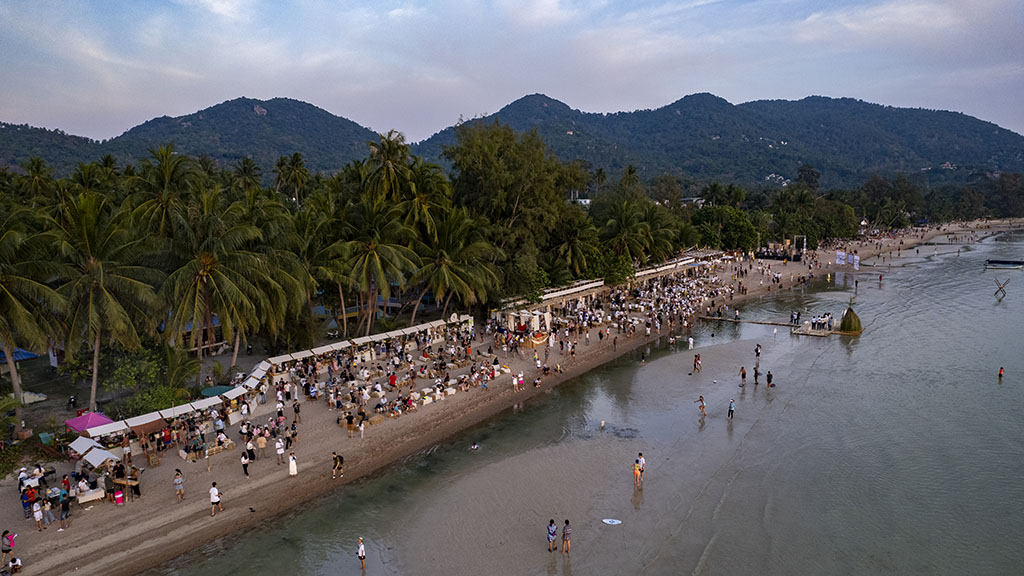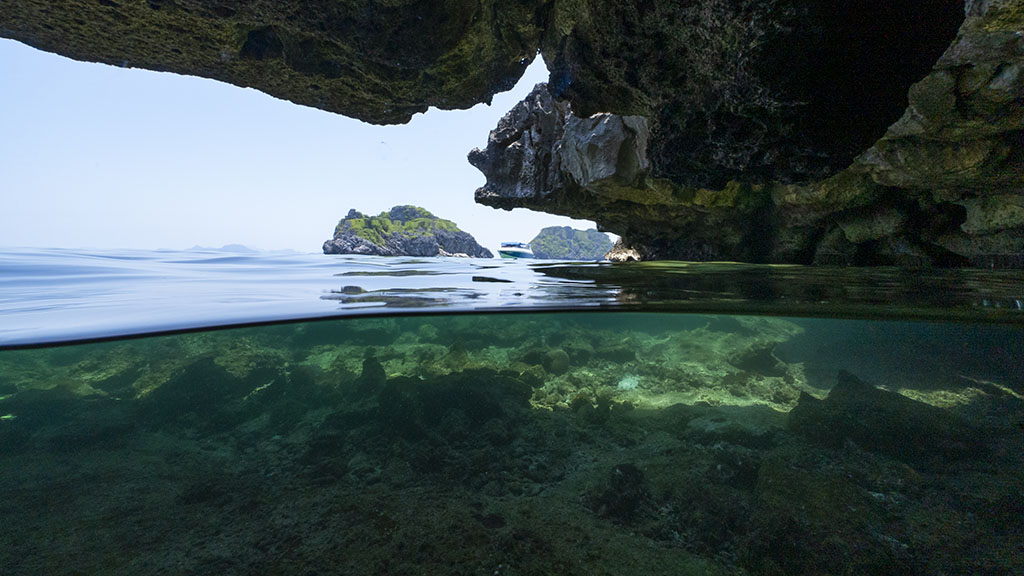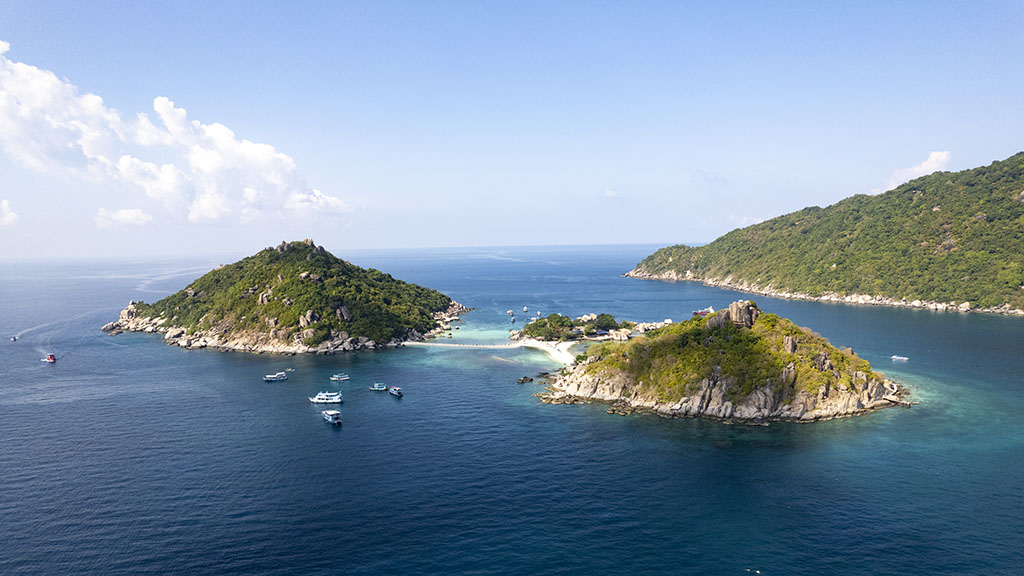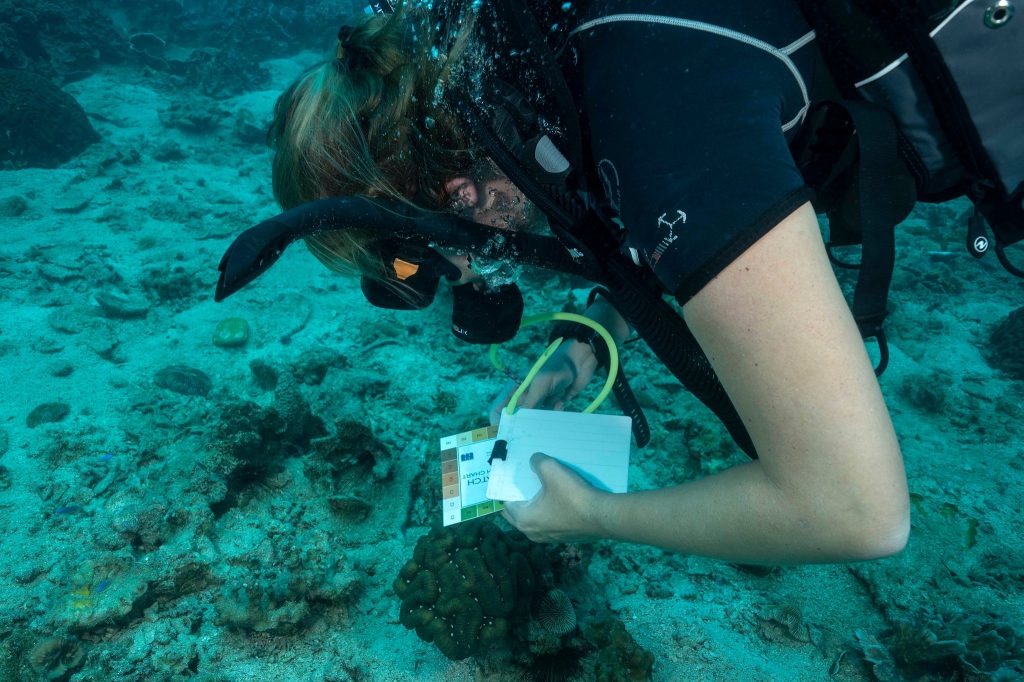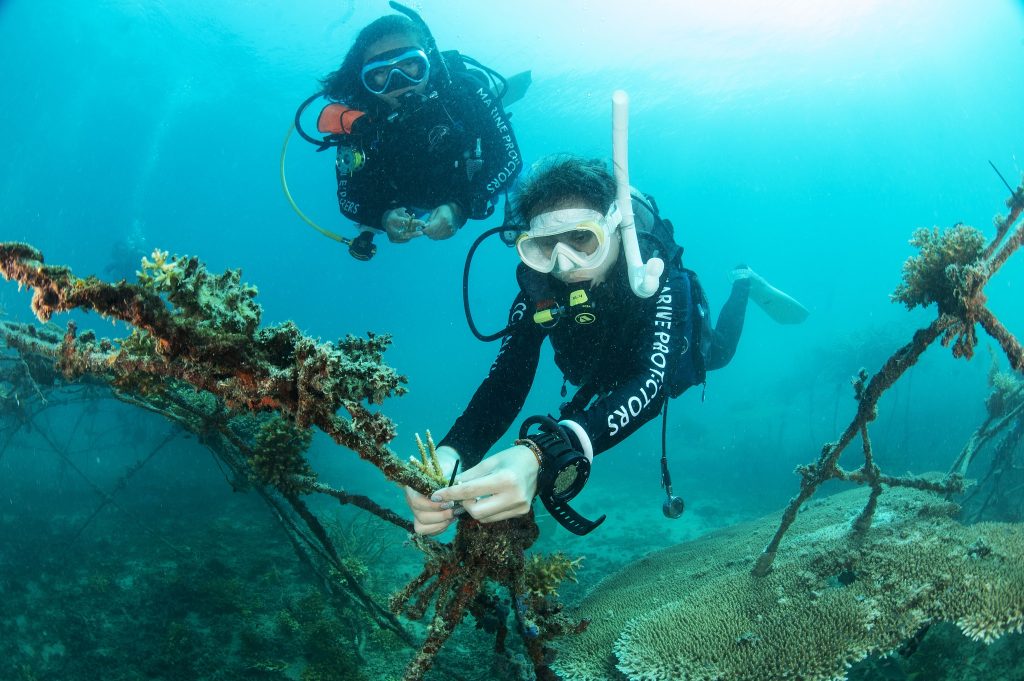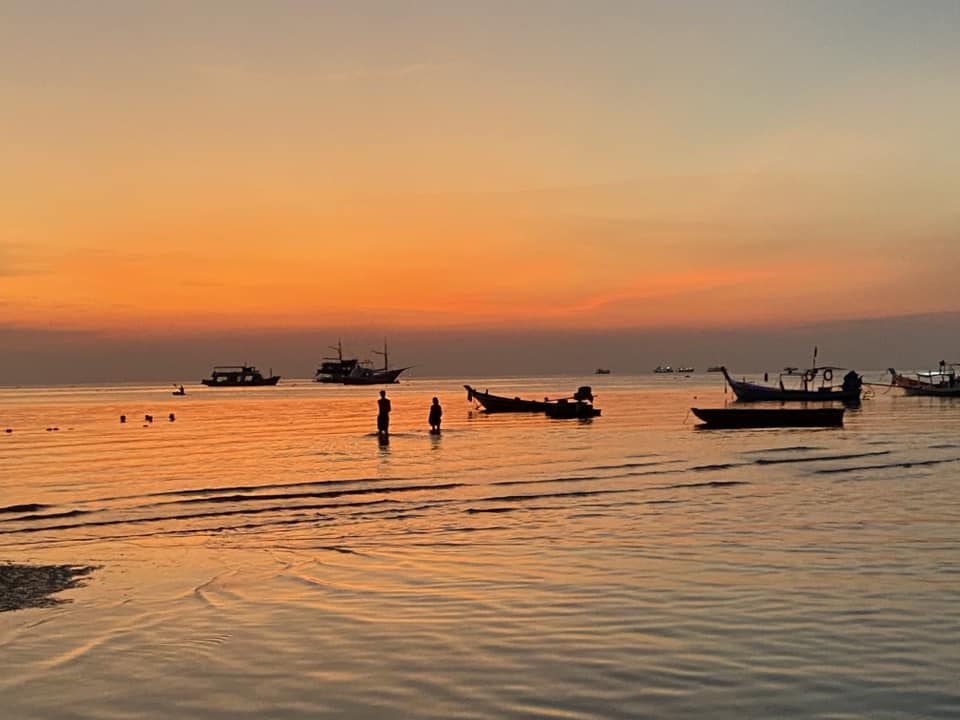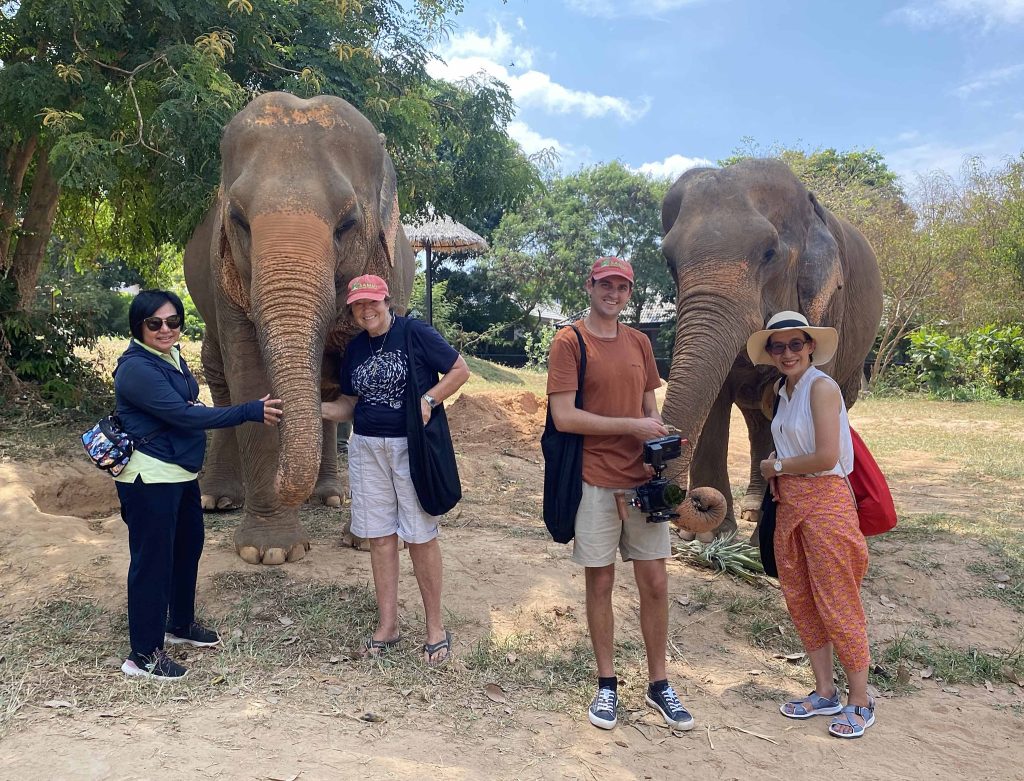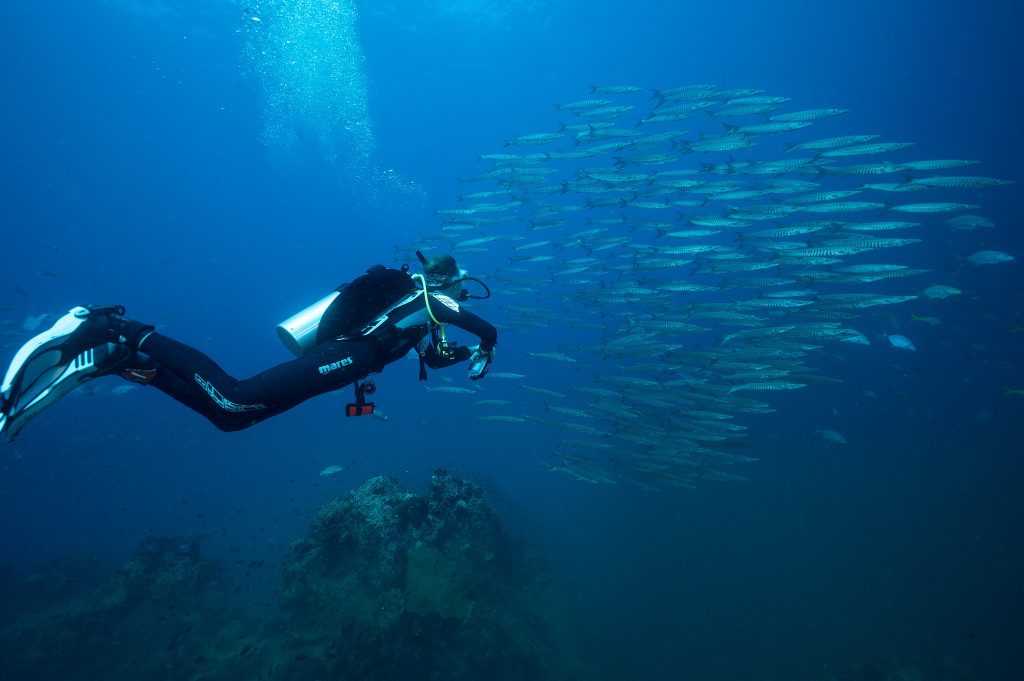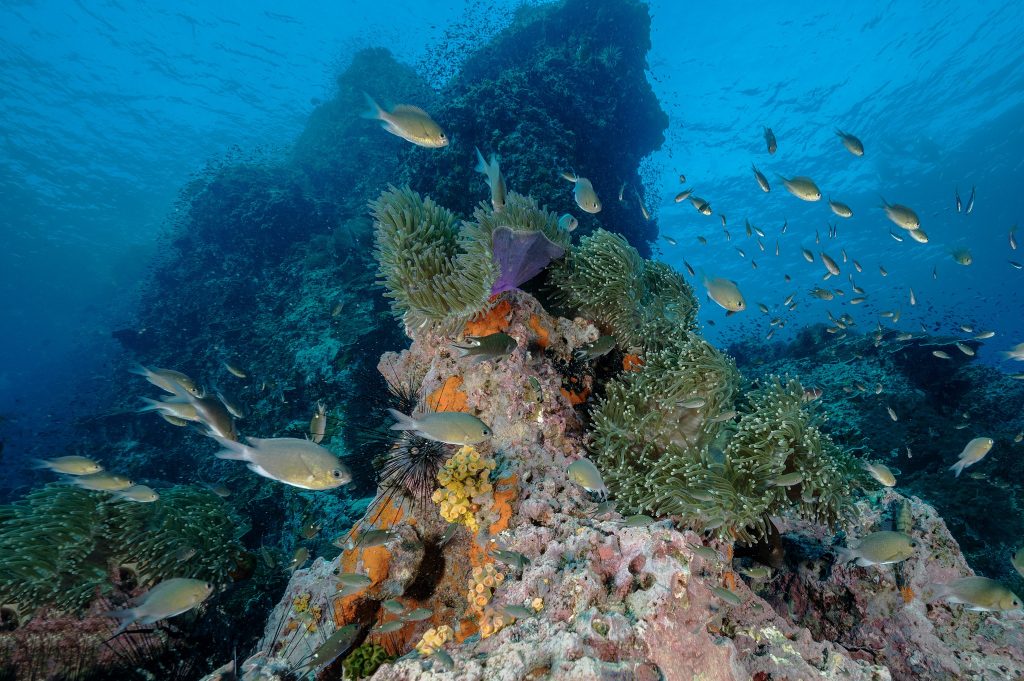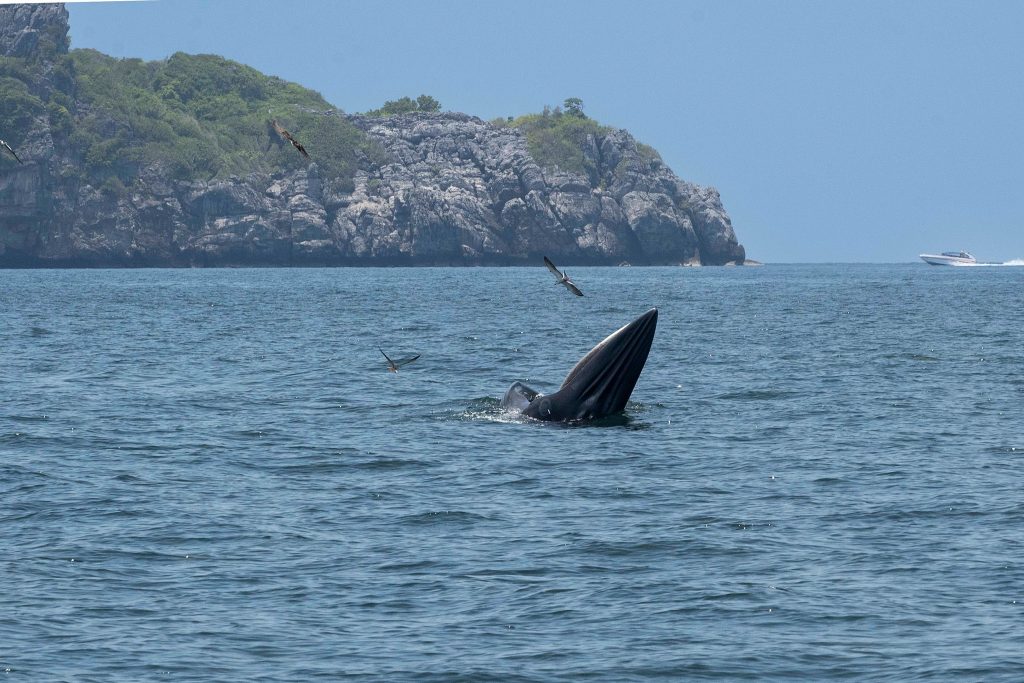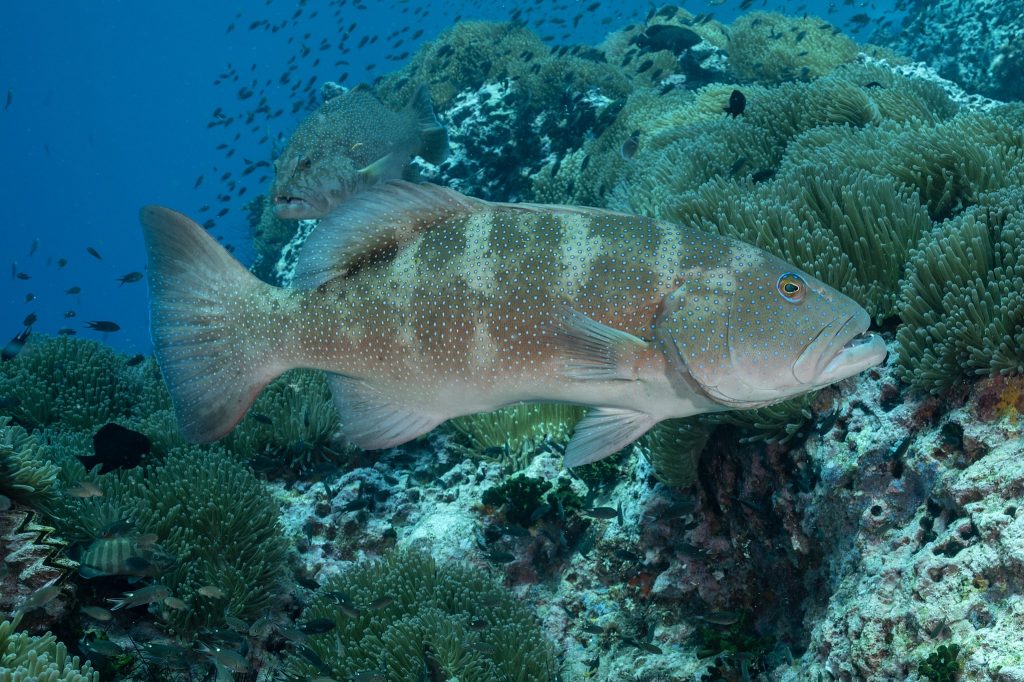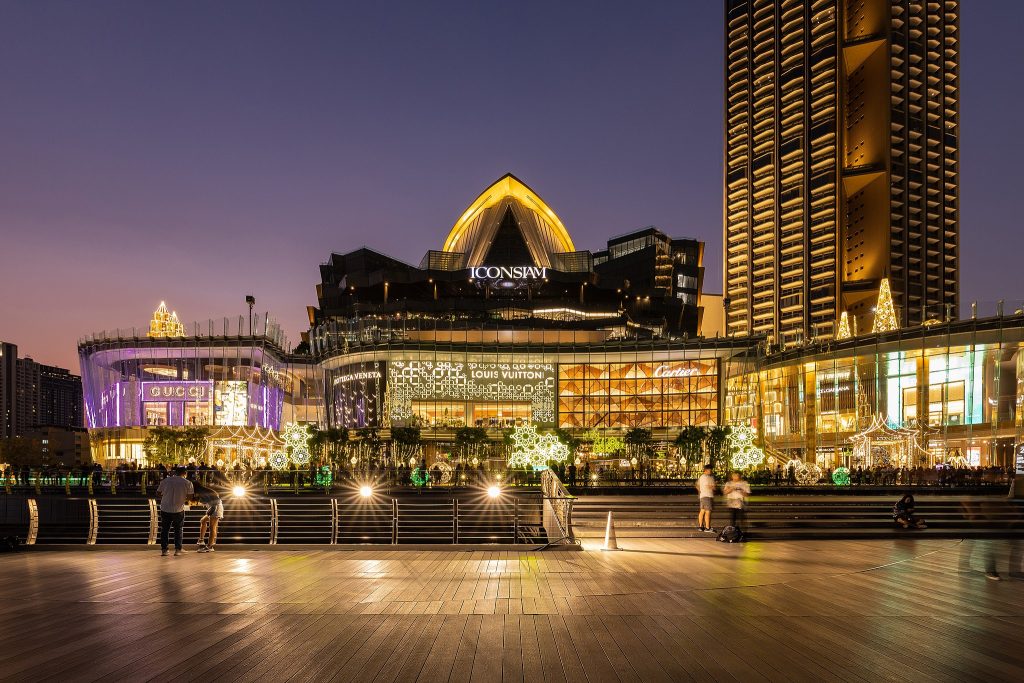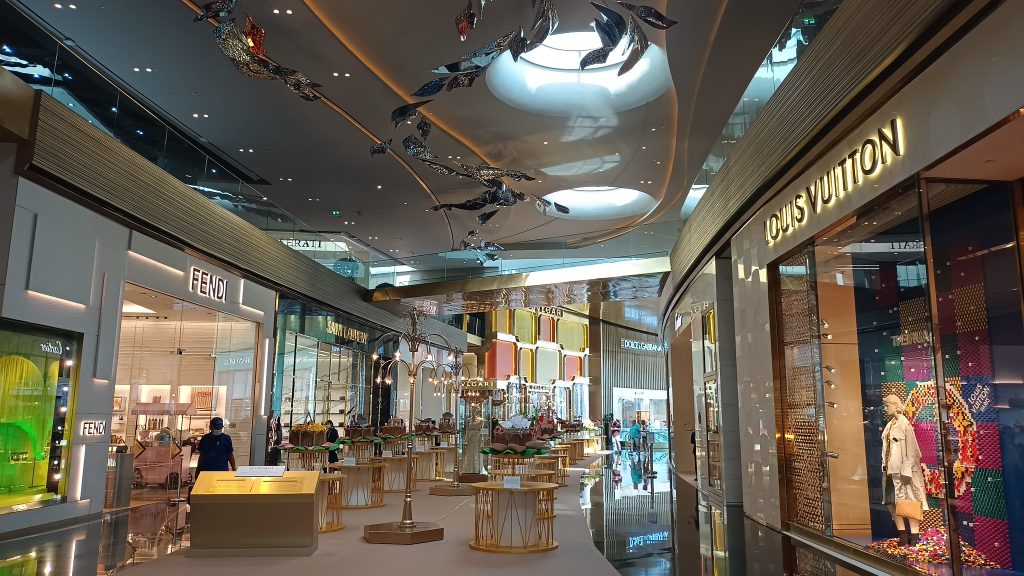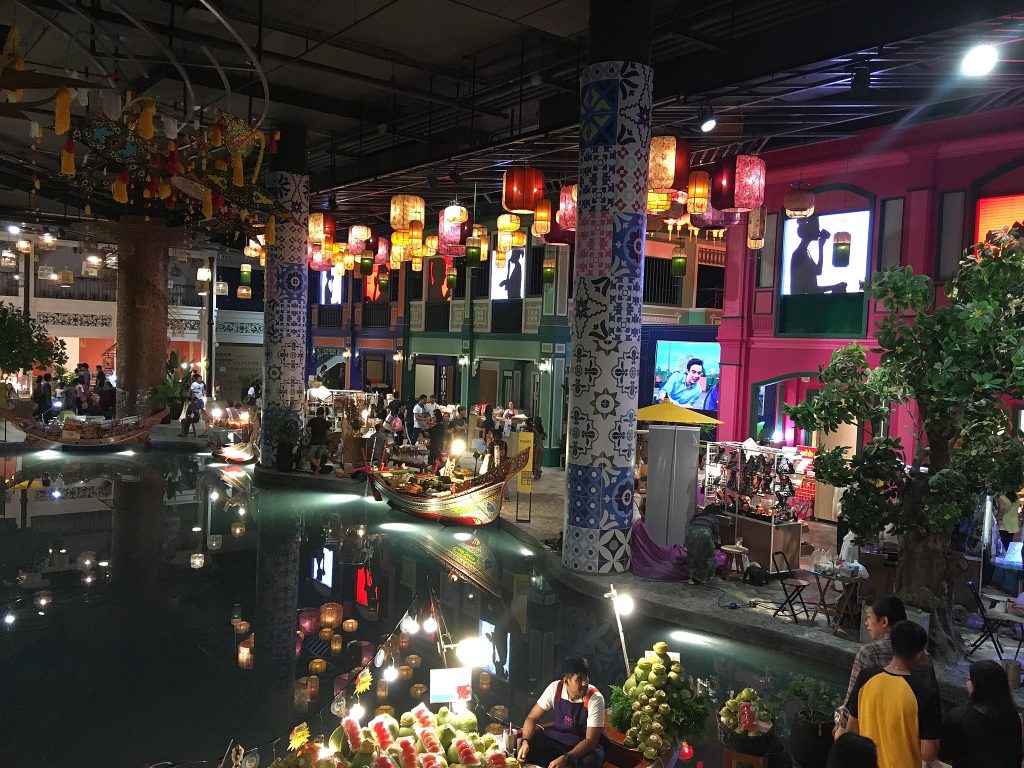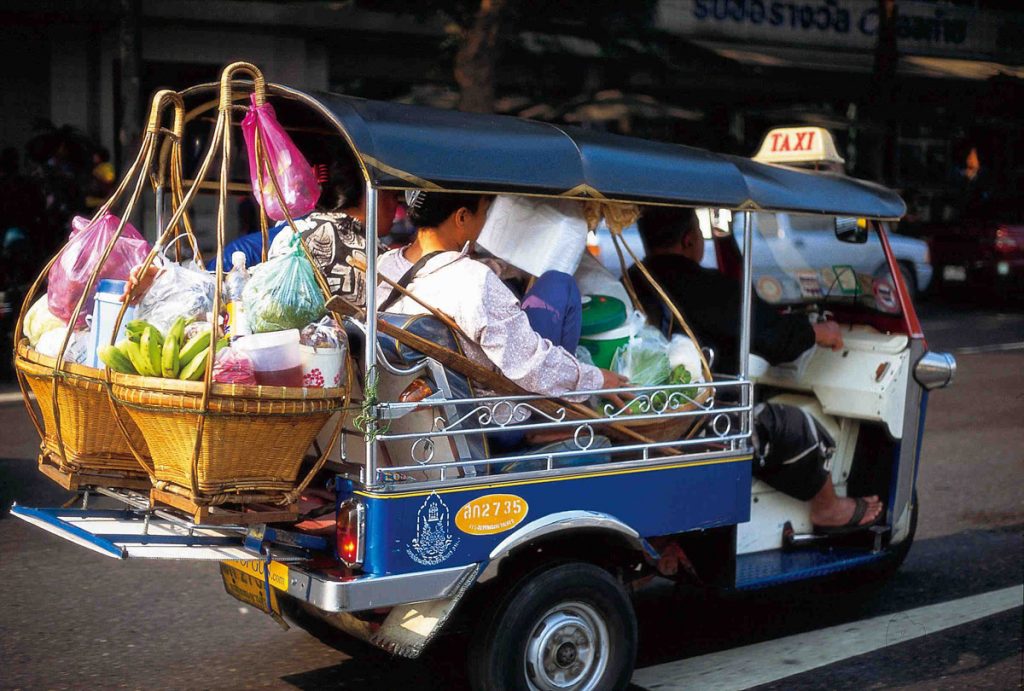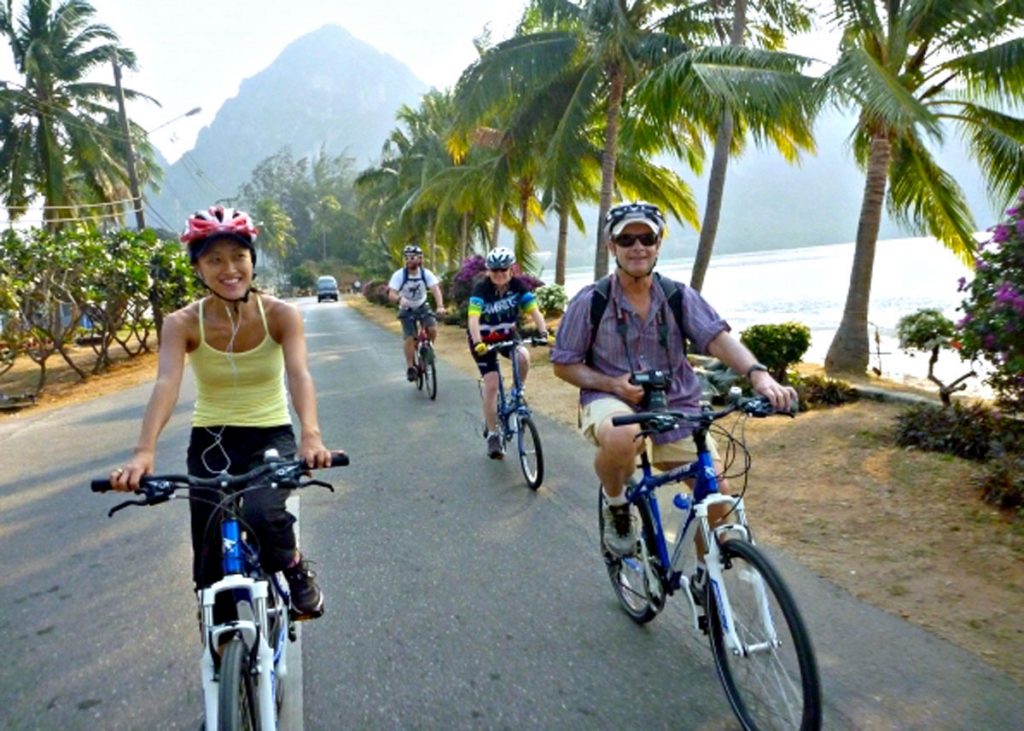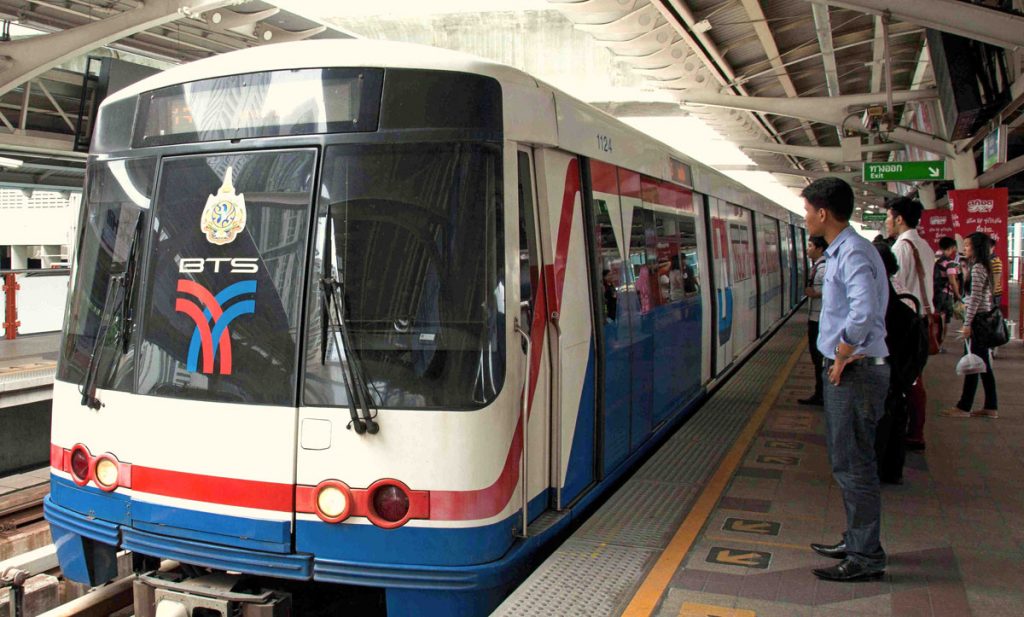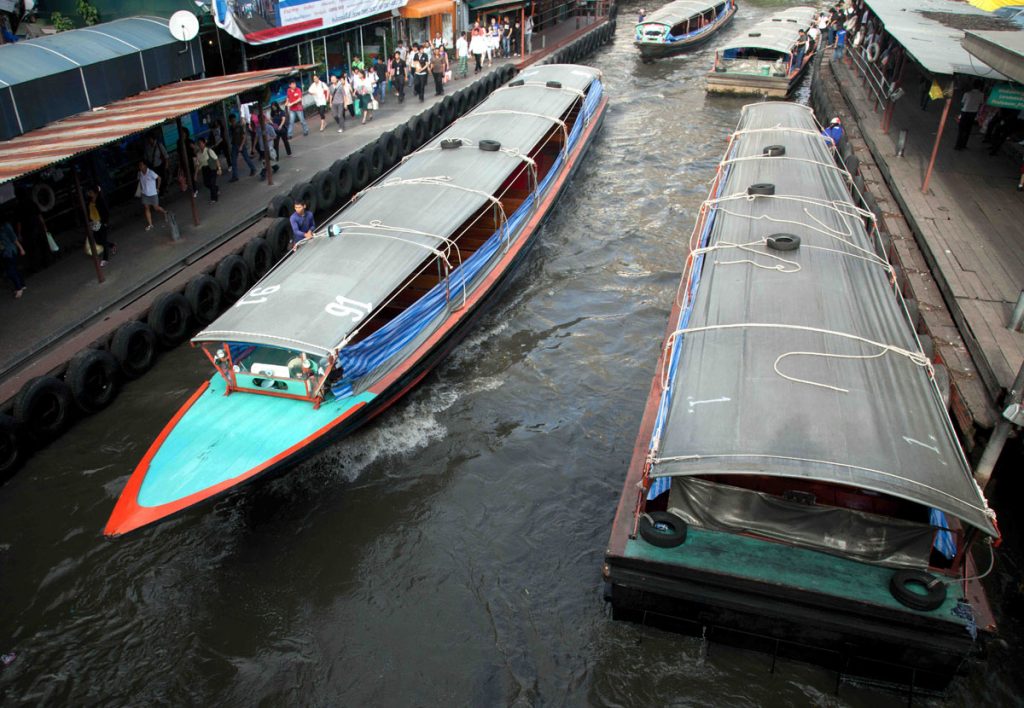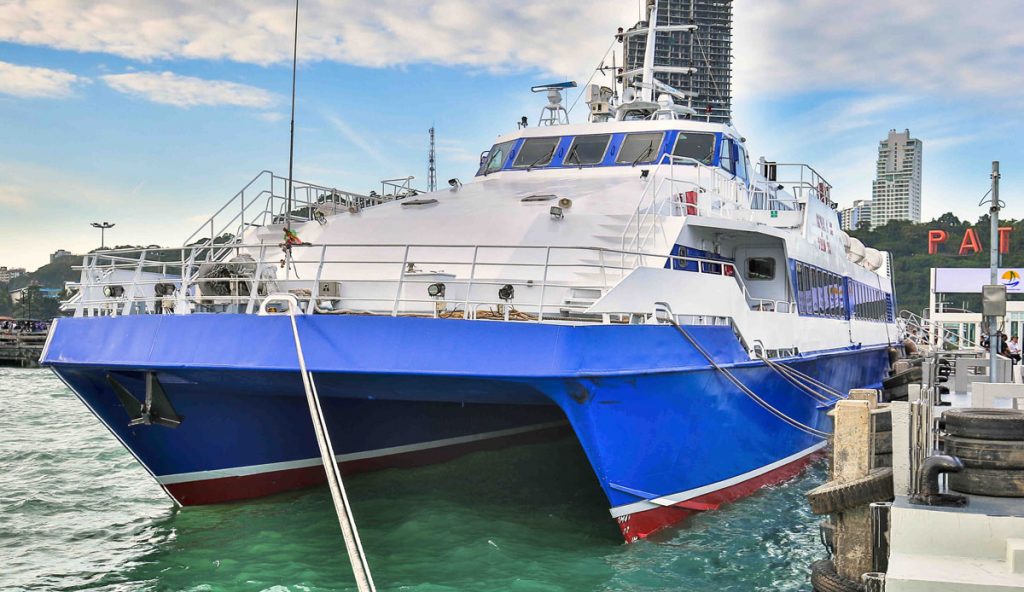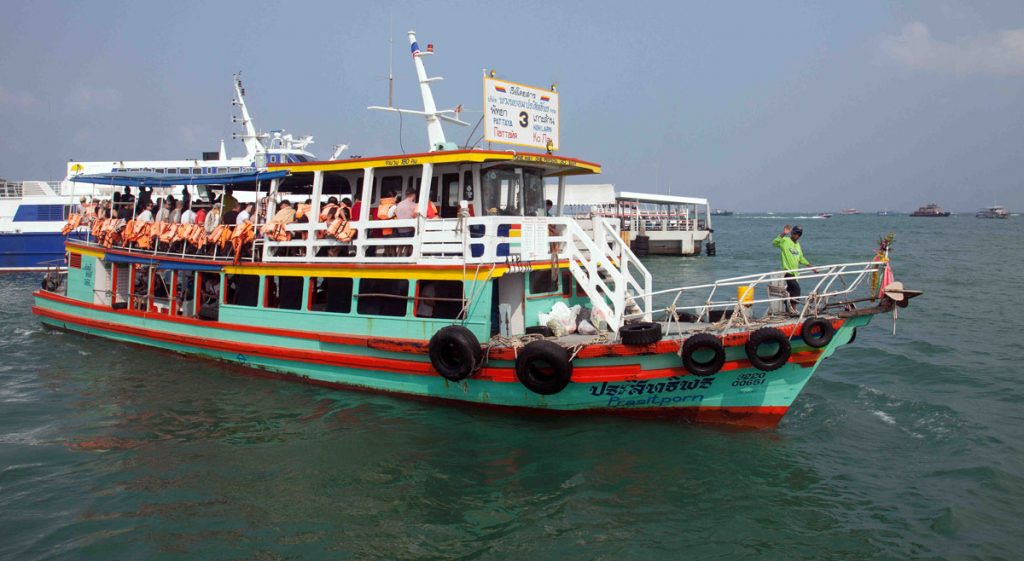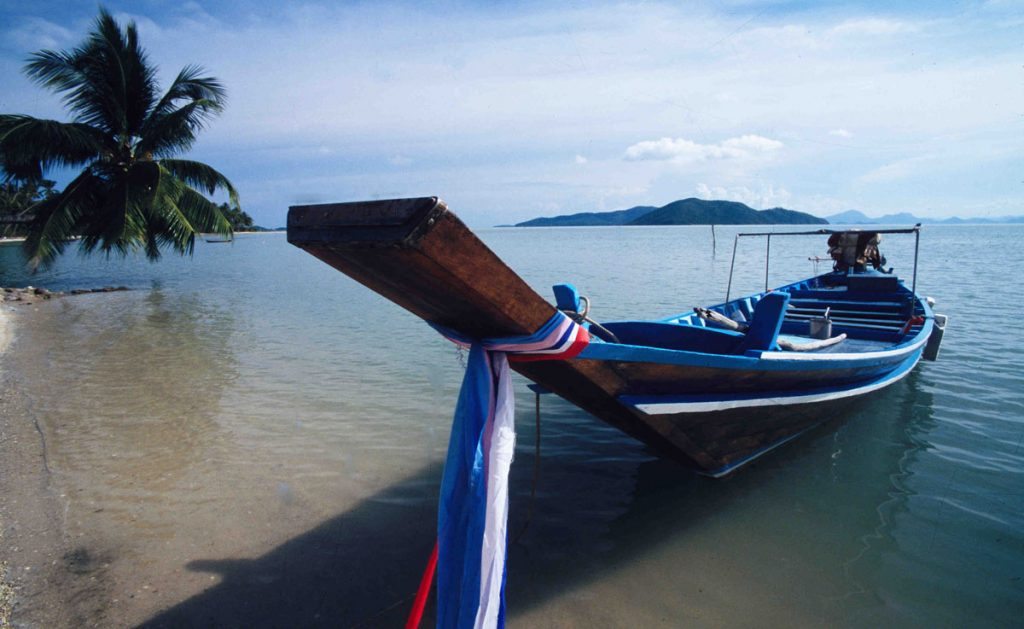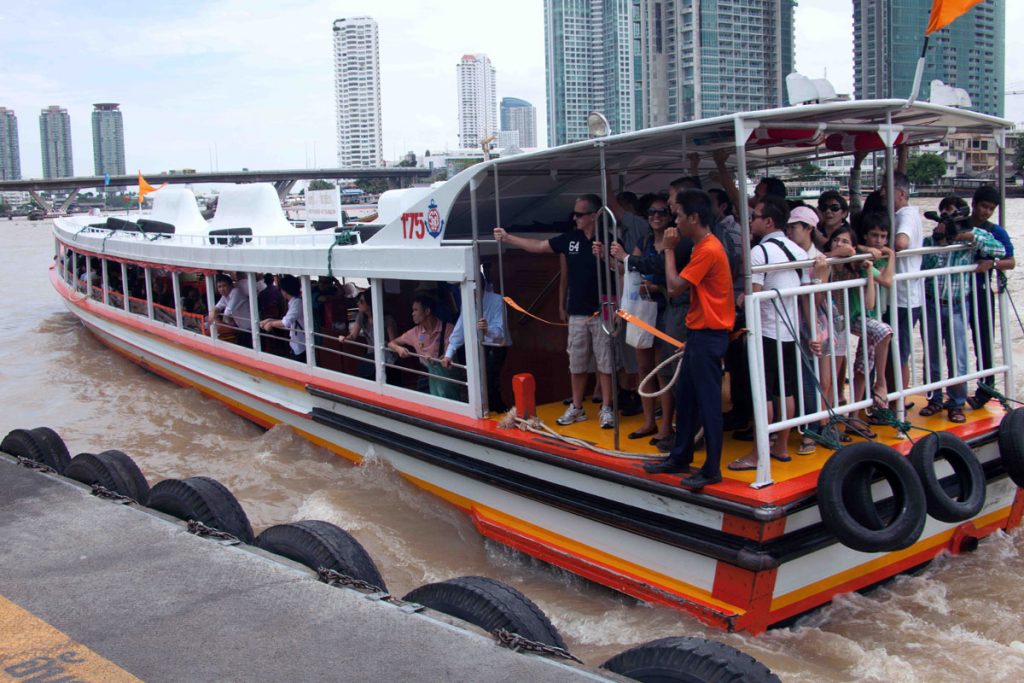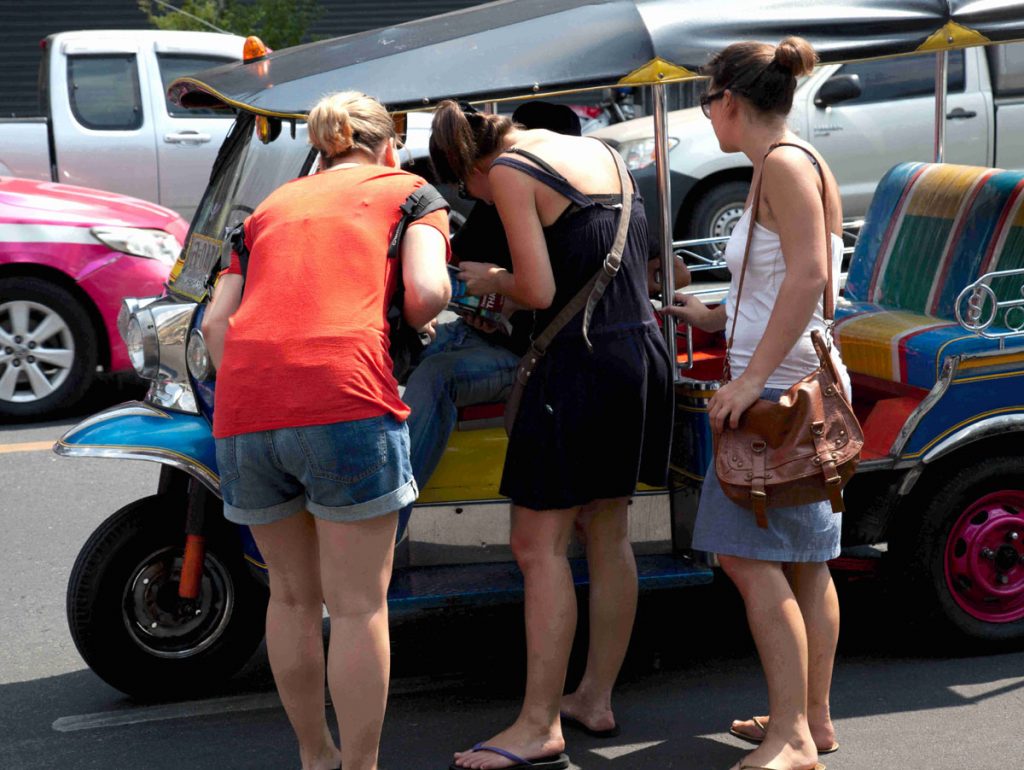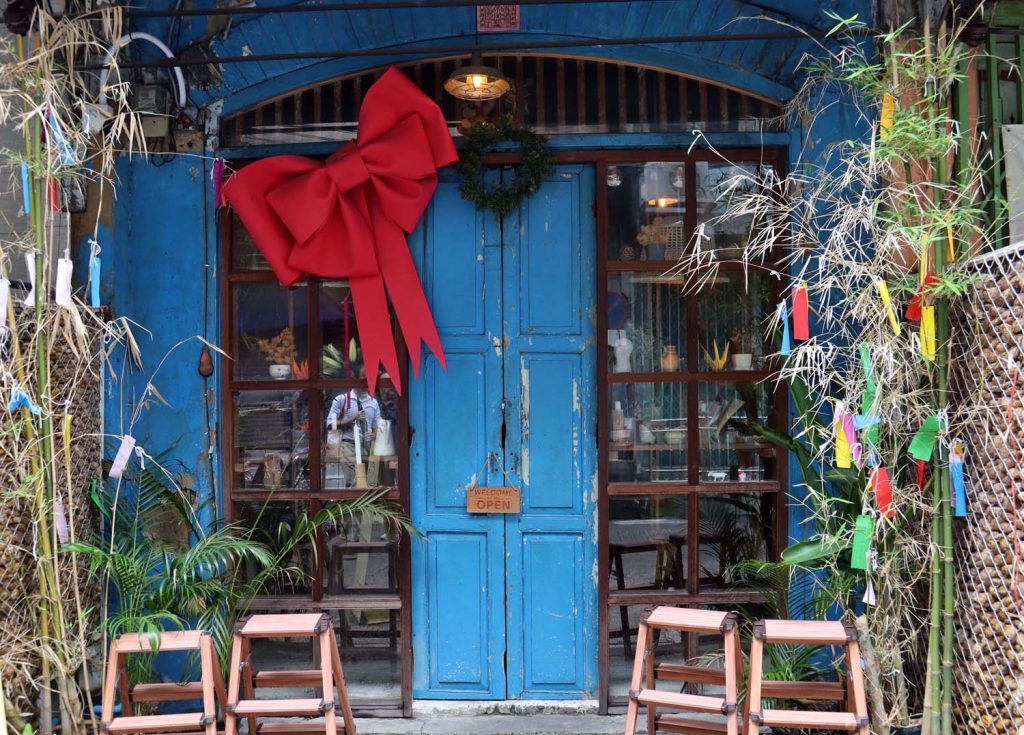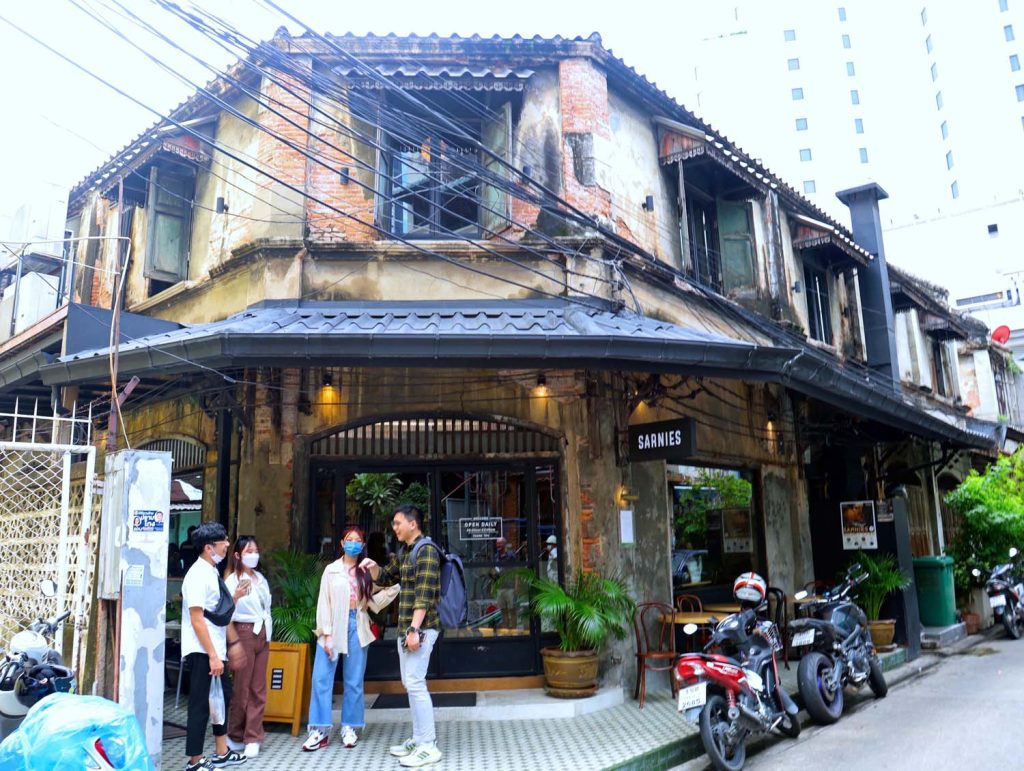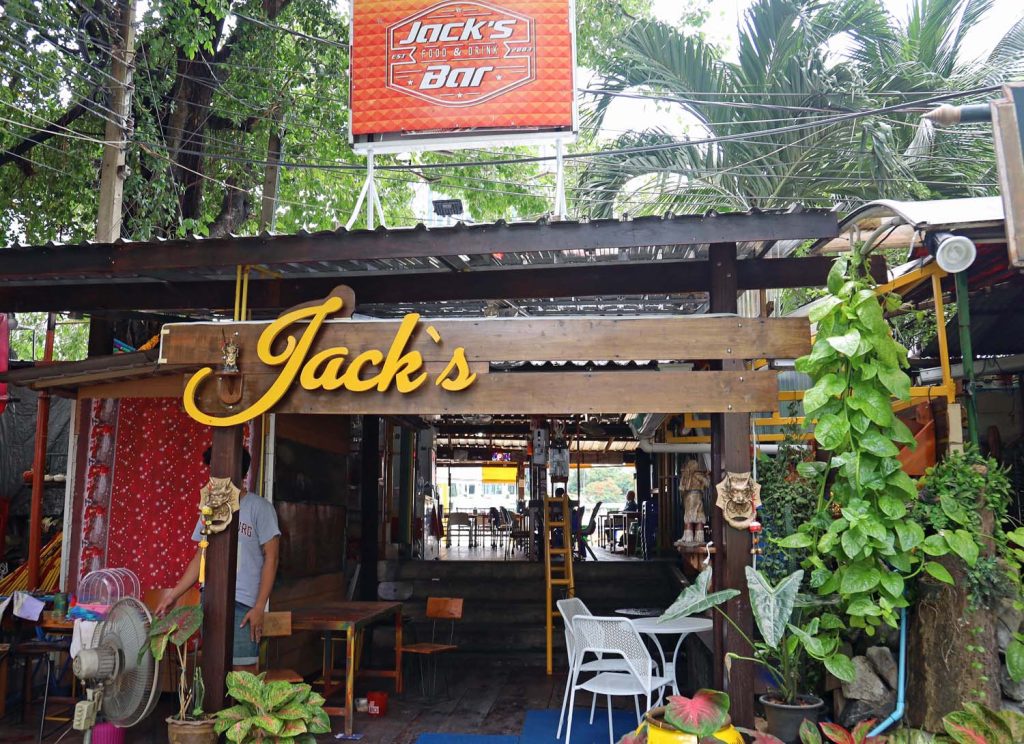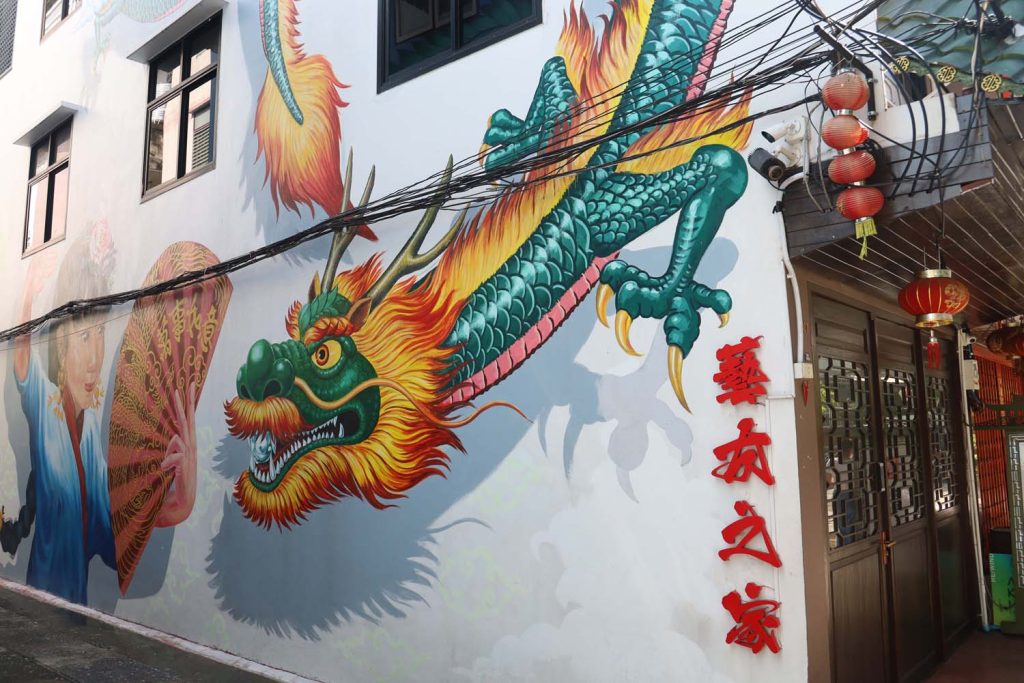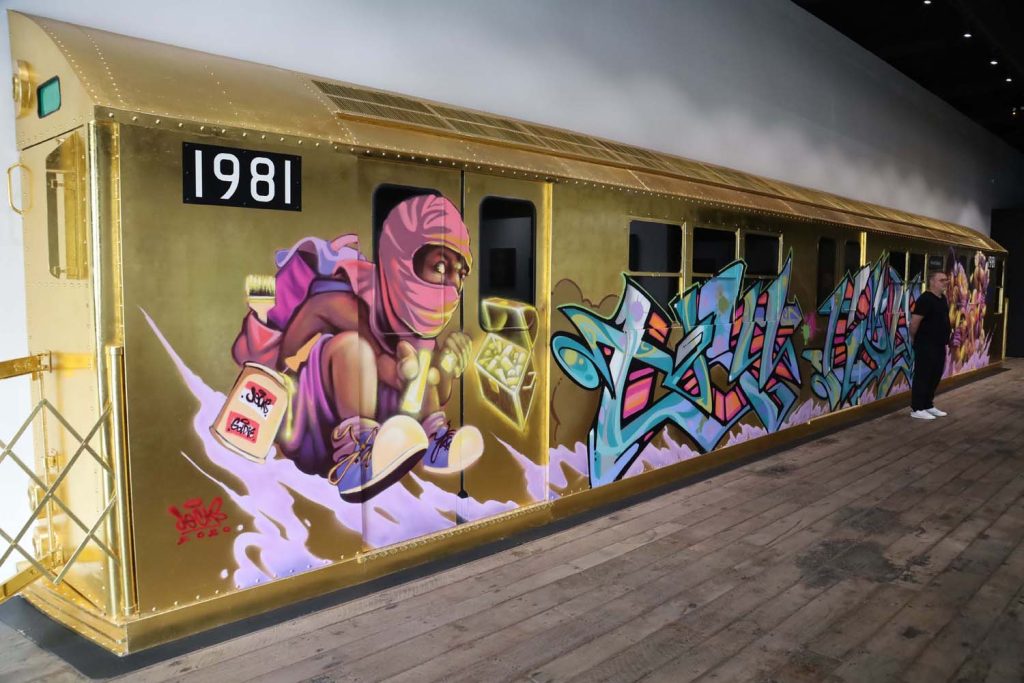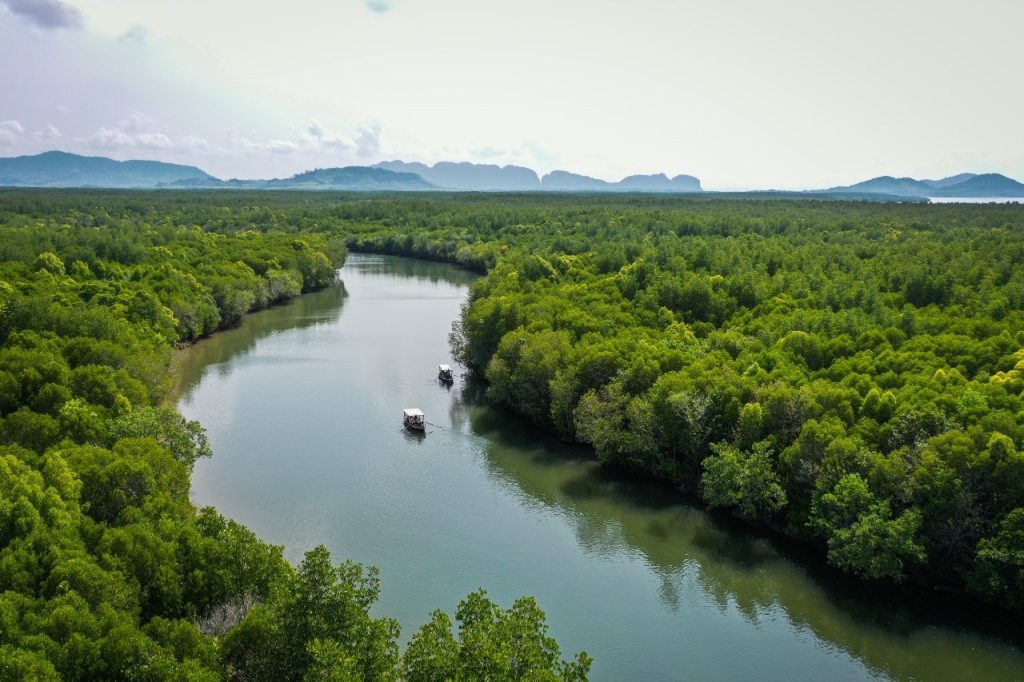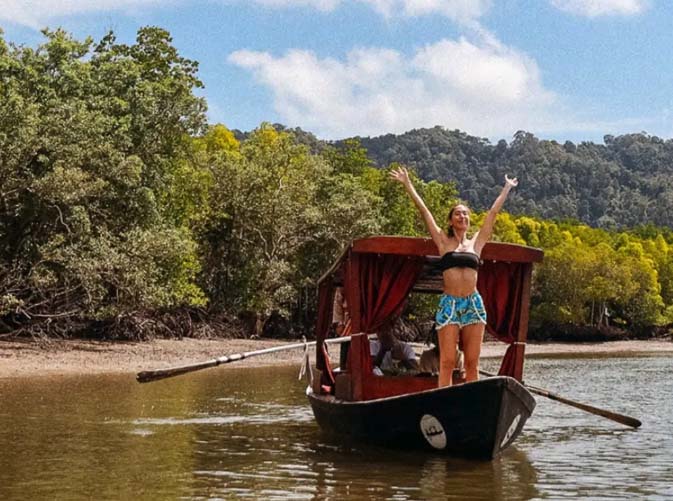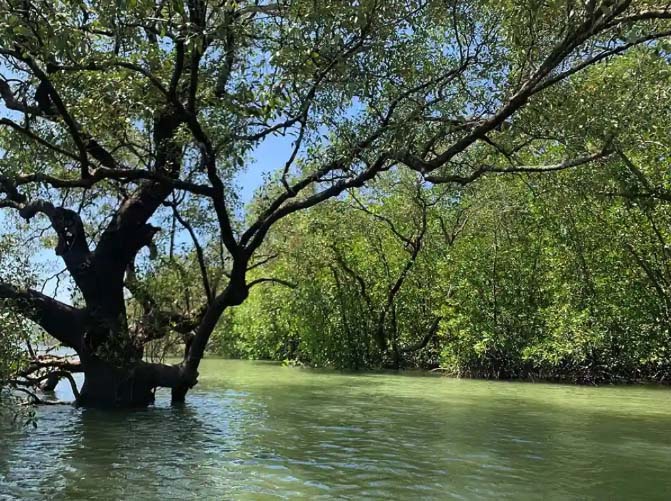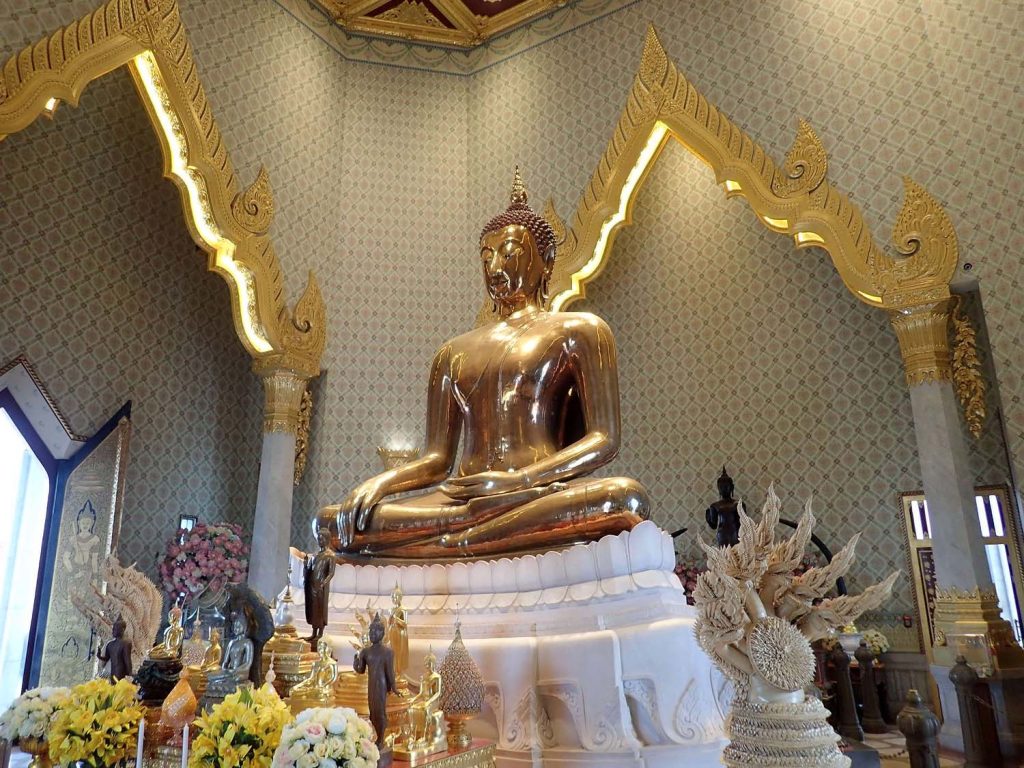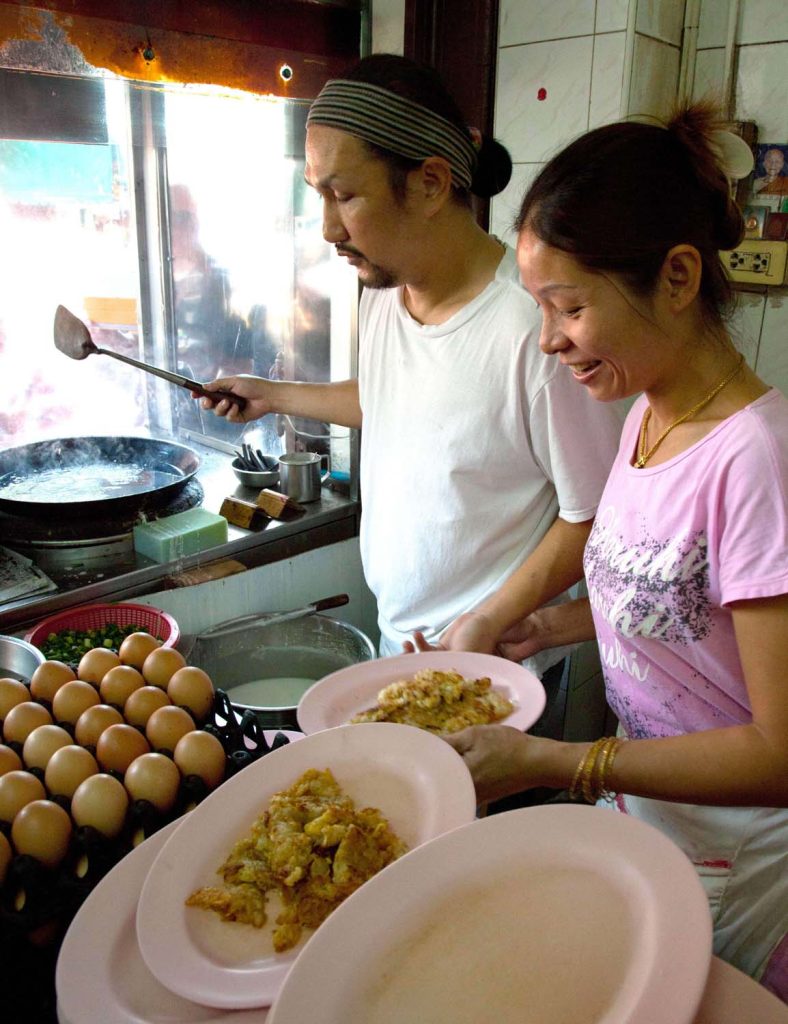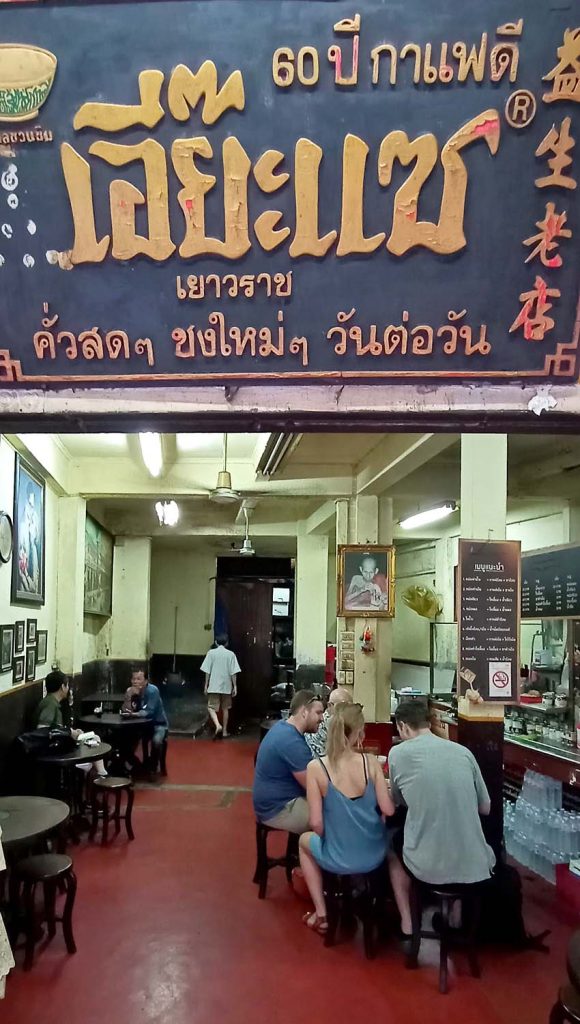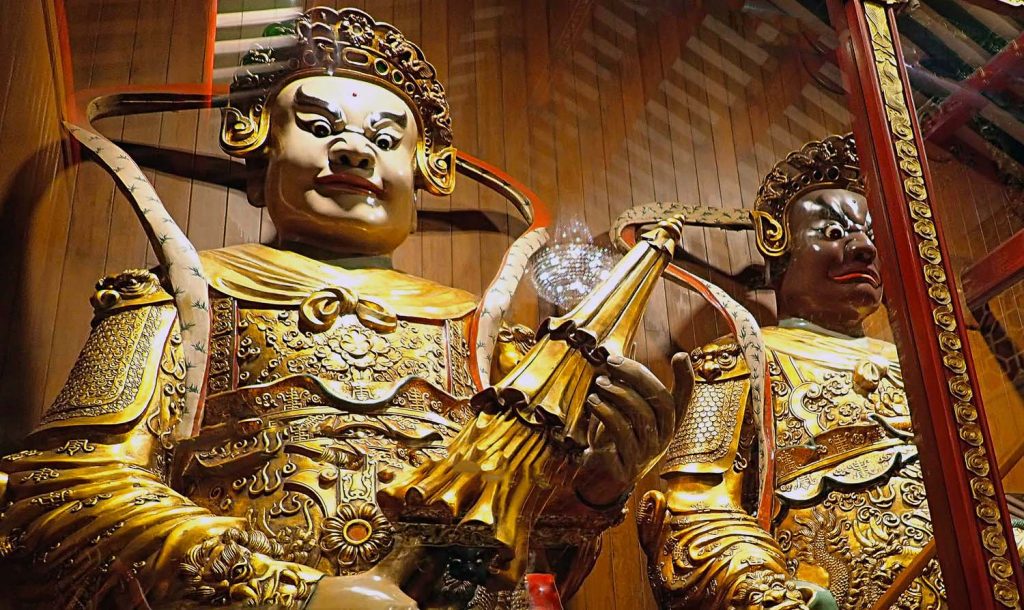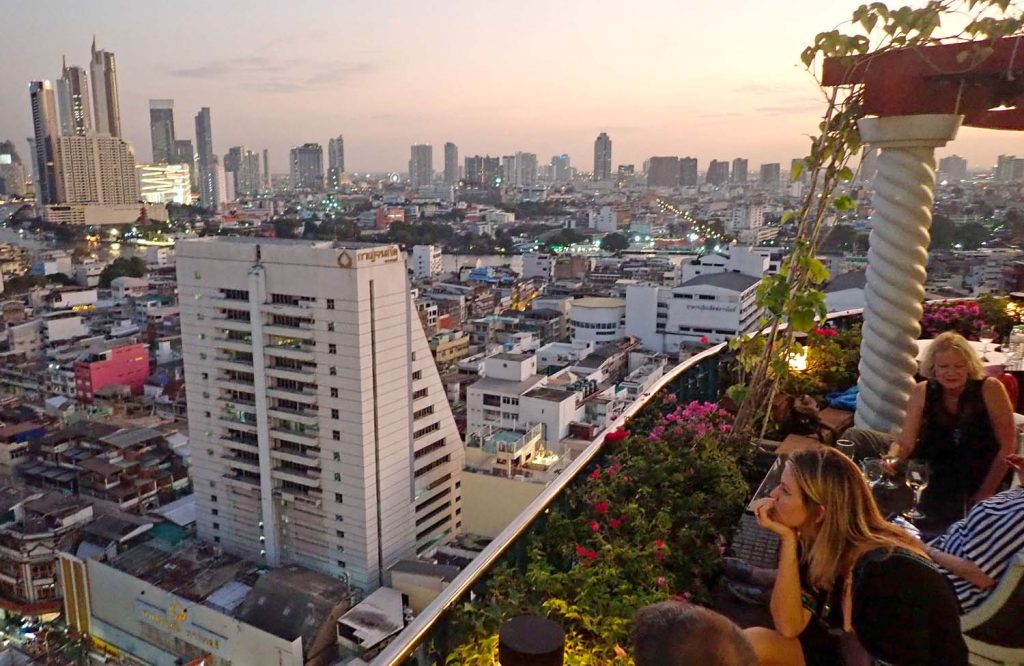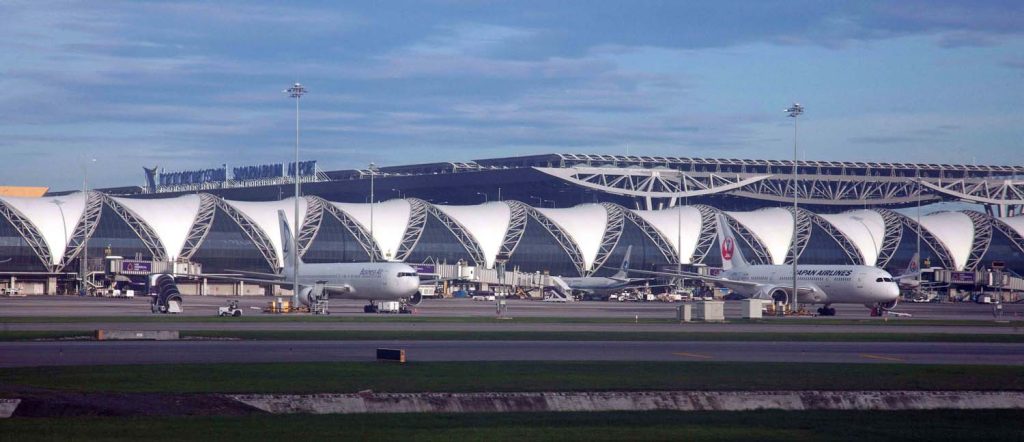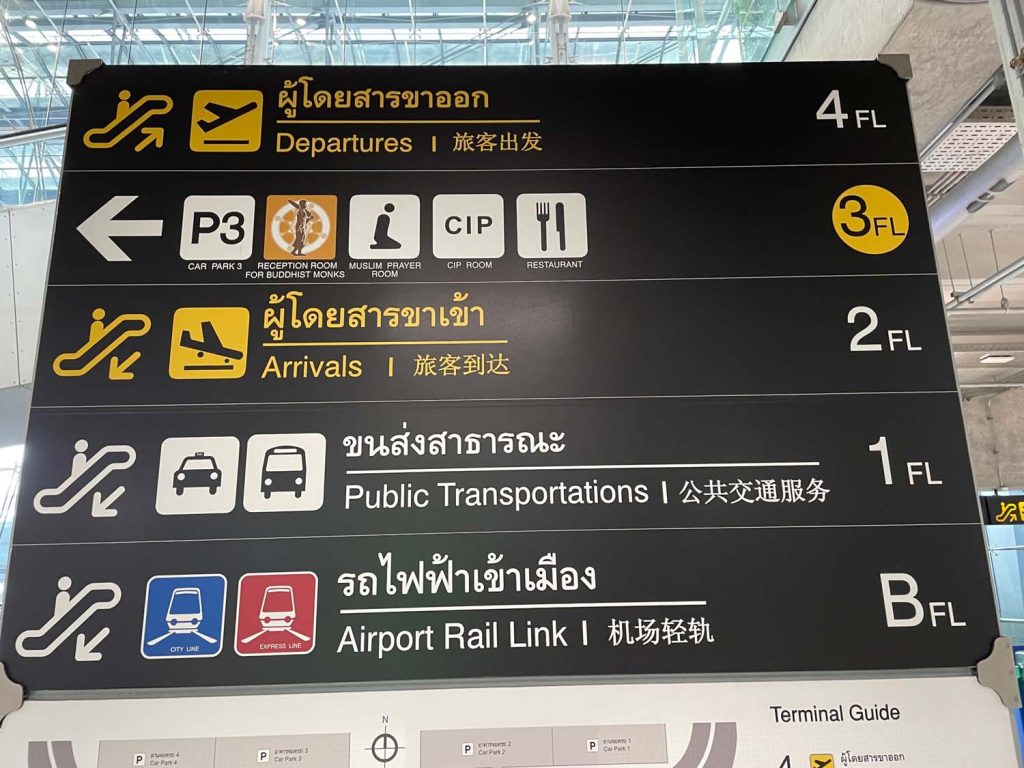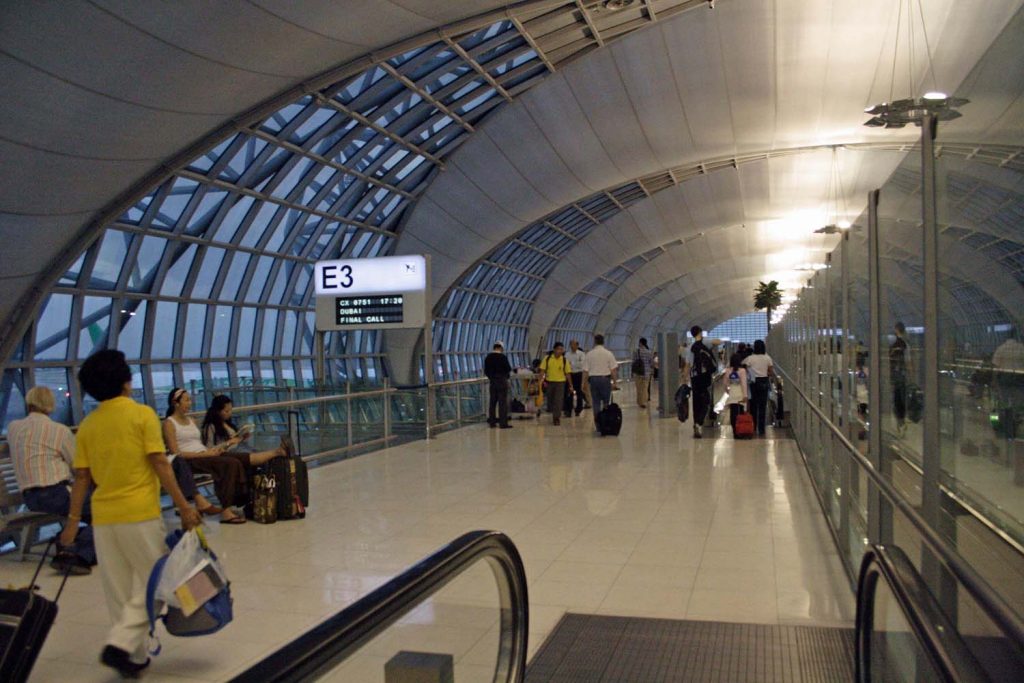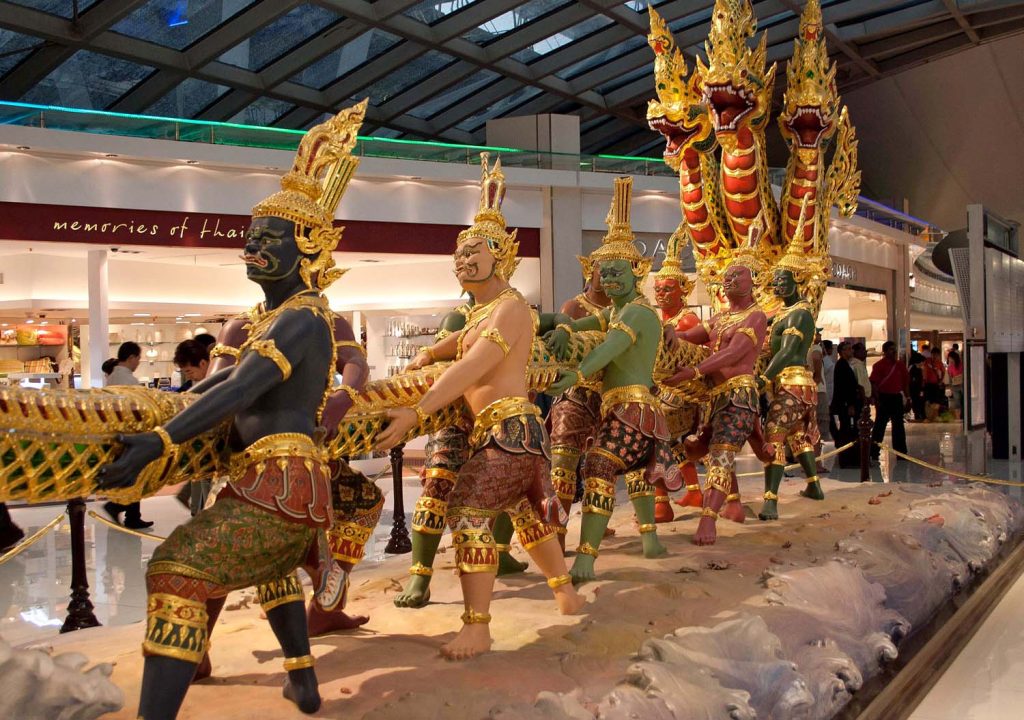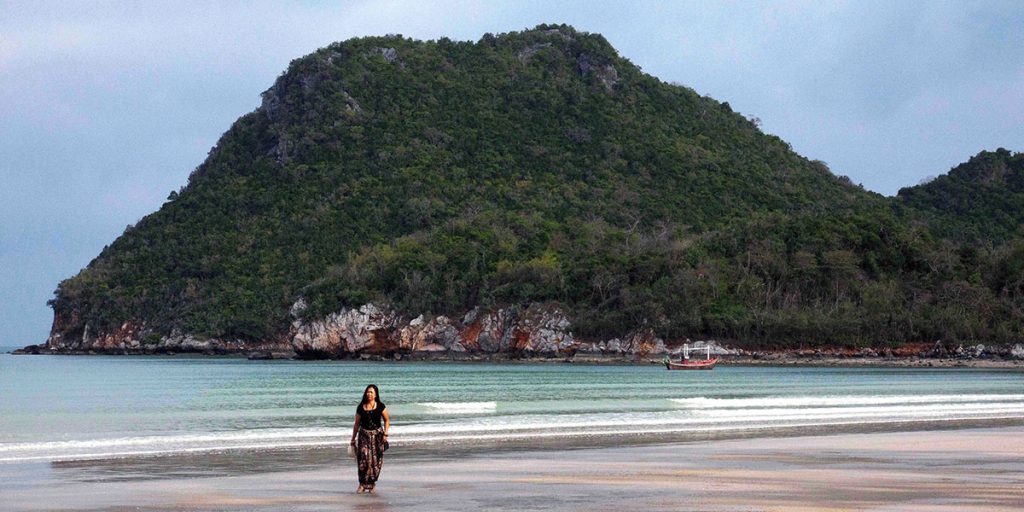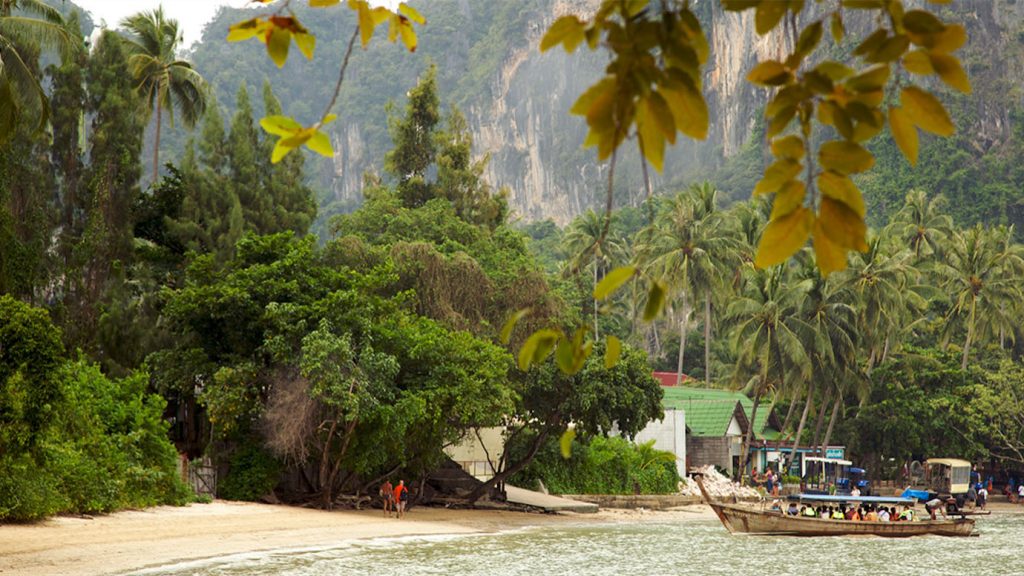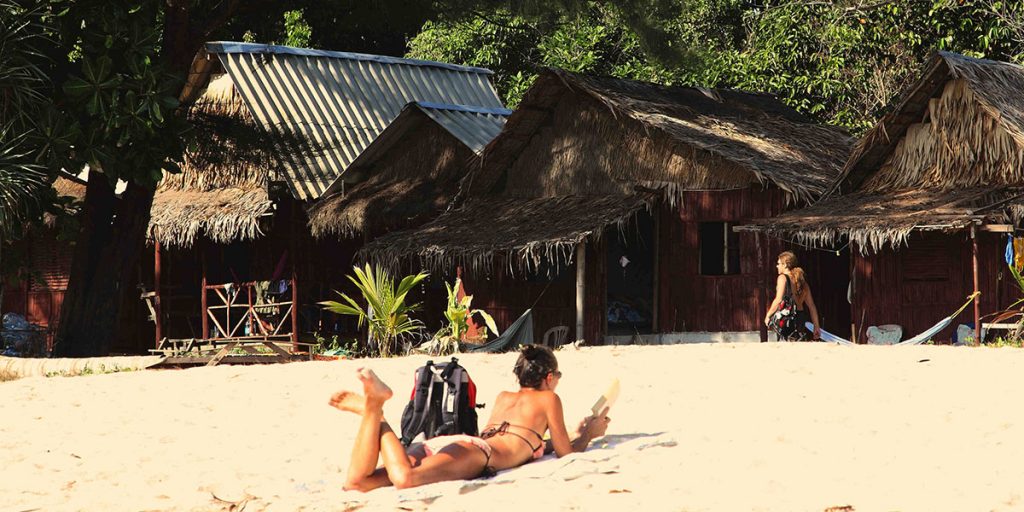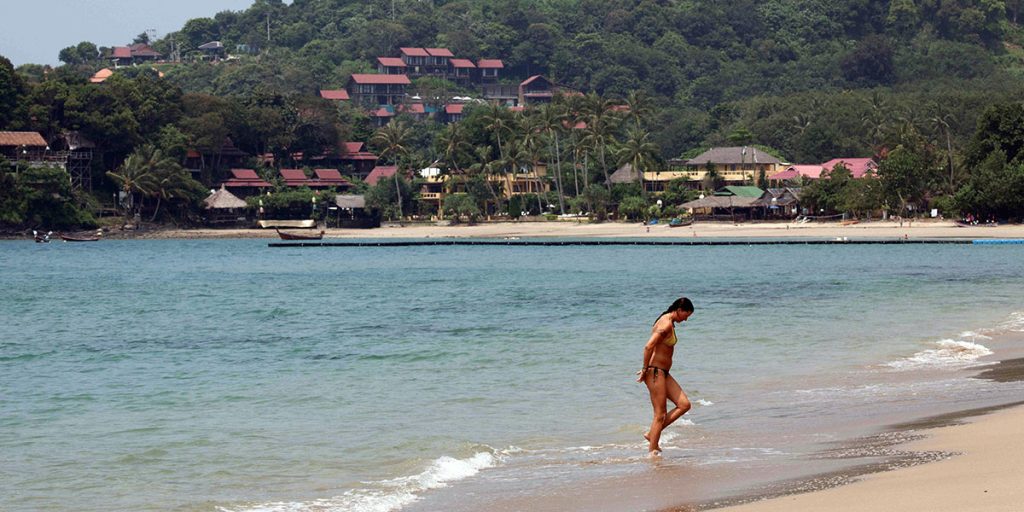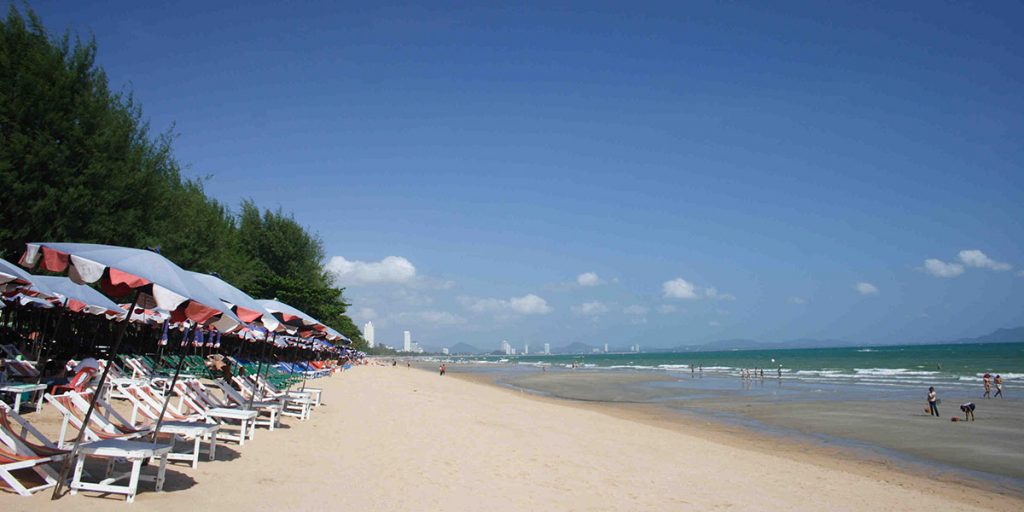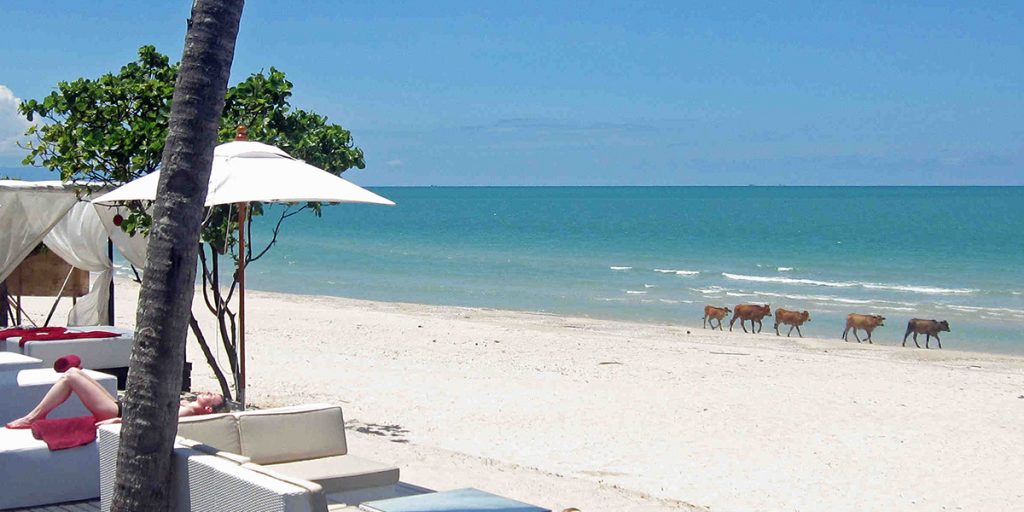Author and renowned underwater photographer Nigel Marsh shares his recent experience diving the Similan and Surin Islands and exploring the rainforest landscape of Khao Sok National Park.
Thailand is blessed with some of the most interesting landscapes and wildlife in the world, both above and below the waterline. There is nothing better than combining these two worlds and one of the best combos is a dive trip to the Similan Islands and a rainforest experience at Khao Sok National Park.

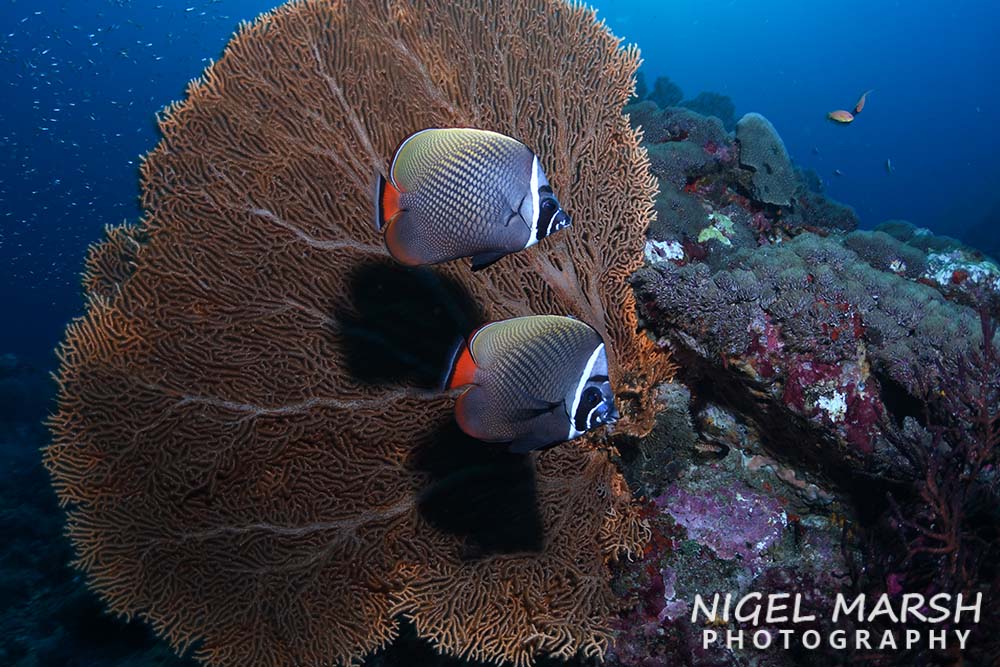

I have been fortunate to travel to Thailand many times over the last thirty years and have explored most parts of the country to experience its wonderful culture, cuisine, ancient cities, busy towns, amazing national parks, and its fabulous diving. However, in all those trips I neglected a visit to Thailand’s best dive destination and largest national park. An oversight that was corrected when I recently joined a special Diveplanit trip to the Similan Islands and the Khao Sok National Park.

The Similan Islands portion of the trip saw us spending three days diving from the Sea Bees’ liveaboard Marco Polo. Arriving in Phuket and then transferring to Khao Lak, we boarded the vessel at 8am. This comfortable dive boat accommodates 12 passengers in twin air conditioned cabins with ensuites and is well laid out for diving. With our luggage stowed and our paperwork complete we were quickly underway and heading to the Similan Islands, just three hours off the coast.


The Similan Islands are located 70km off the west coast of Thailand and are a marine park. There are eleven rocky islands in the group, and each is surrounded by beautiful coral gardens and home to a great variety of fish and invertebrates. The islands are only dived from November to May, when the seas are calm, and are best explored by a liveaboard boat.

On our three-day trip we did ten dives and explored coral gardens, rocky pinnacles and a shipwreck, representing only a small portion of the dive sites available in the area. A unique feature of this area is the corals grow directly on the granite rocks that form the islands and pinnacles, making for some very interesting terrain.
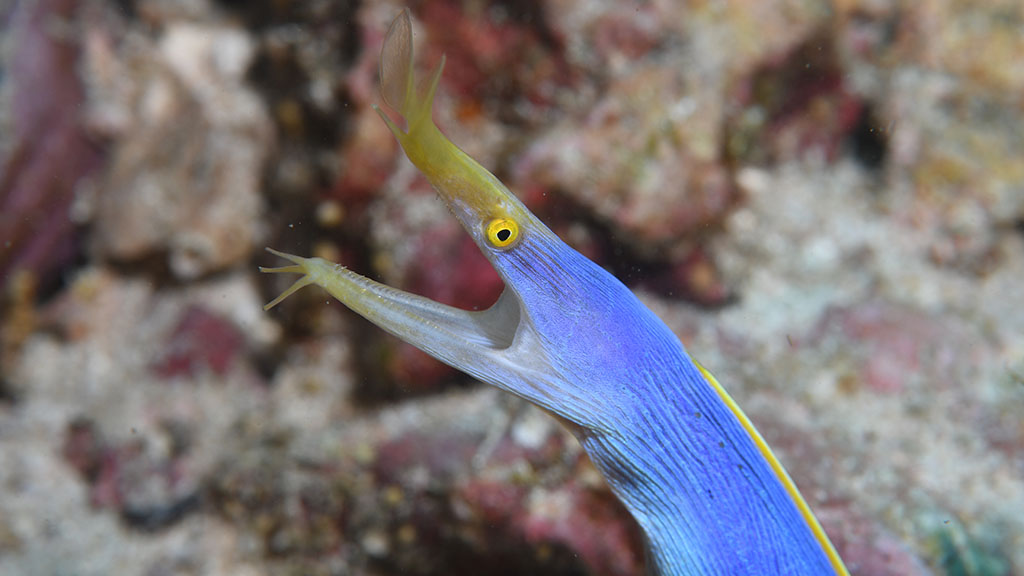
On day one we dived West Ridge at Koh Bon and Koh Tachai Pinnacle and enjoyed 30m visibility. Each site had lovely coral gardens, with spectacular soft corals, gorgonians, sea whips and whip corals. However, the highlight for me was the impressive fish life, including schools of barracuda, trevally, fusiliers, and snapper, plus a great variety of angelfish, rockcods, butterflyfish, surgeonfish, wrasse, triggerfish, and morays.

Richelieu Rock is often visited by whale sharks and manta rays.
On day two we dived Thailand’s most famous dive site – Richelieu Rock. This massive pinnacle rises from 35m to break the surface and is covered in beautiful corals and an extraordinary number of fish and invertebrates. Over two dives we saw schools of pelagic fish, gropers, morays and smaller critters like ribbon eels, harlequin shrimps, and mantis shrimps.
There were even a few endemic fish that I had never seen before – the red saddleback anemonefish and the Peter’s toby.
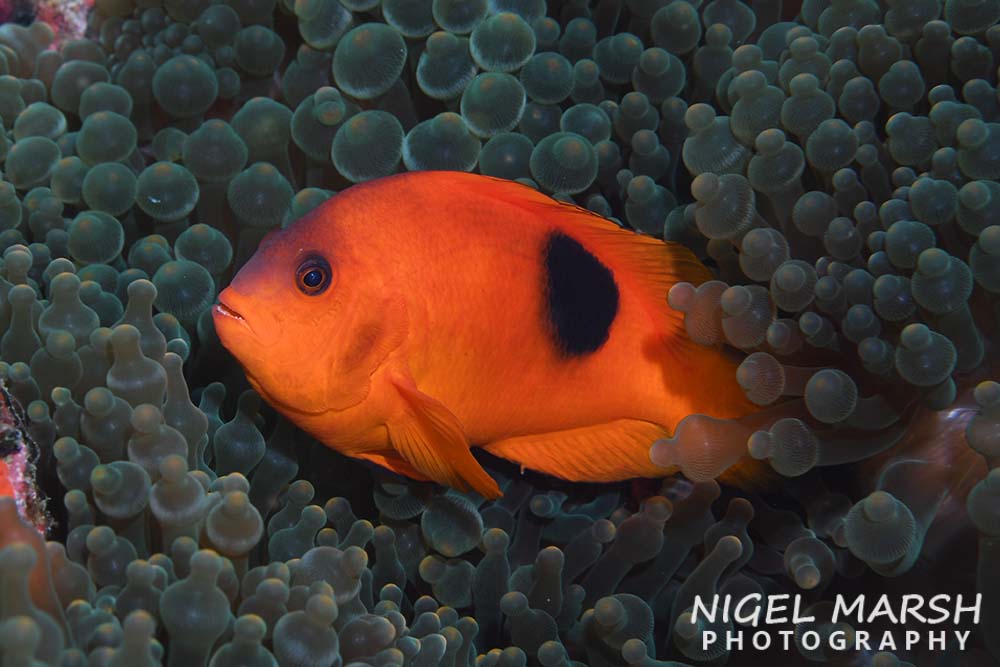
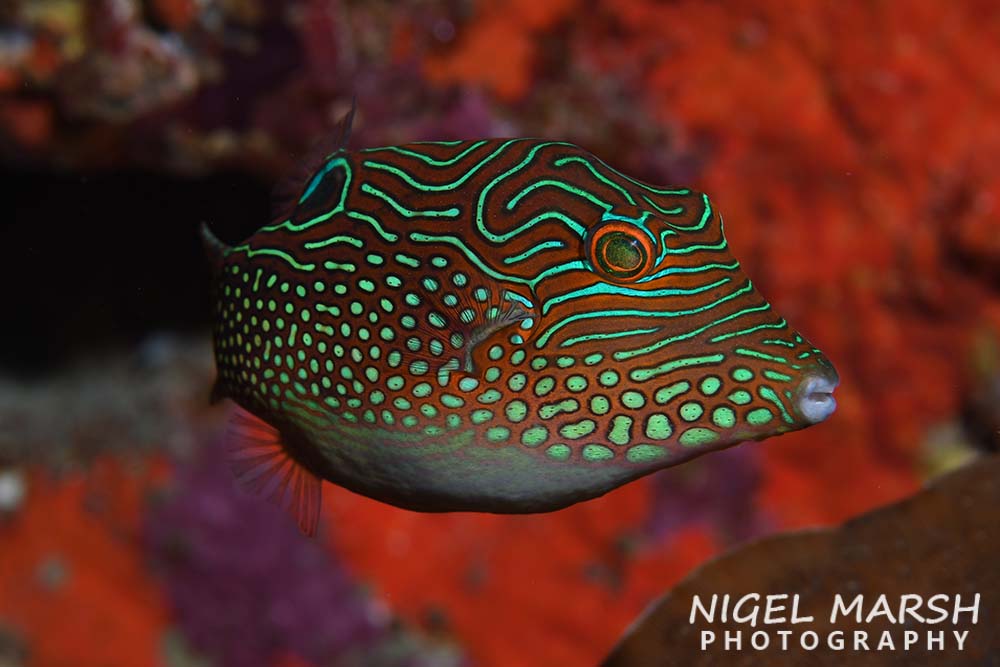
On our final day we returned to the spectacular Koh Tachai Pinnacle and also enjoyed a dive at Koh Bon Pinnacle, seeing lovely corals and masses of fish. However, our final dive was very special as we explored the Boonsung Wreck on the way back to port. This old tin dredge is broken up in 18m, and doesn’t have the best visibility, usually around 12m, but is covered in fish. Massive schools of snapper, trevally, fusiliers, and bullseyes swarm over the wreck and are joined by angelfish, gropers, lionfish, porcupinefish and a great collection of honeycomb morays.
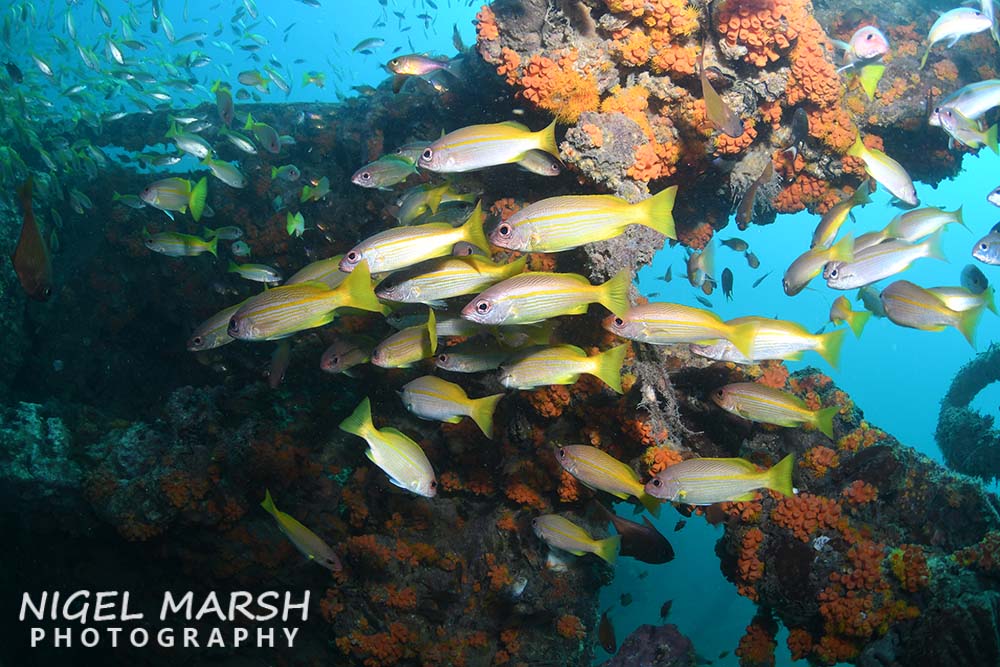

After three wonderful days of diving, we headed back to port, ready for our next adventure at Khao Sok National Park. After an overnight stay at Khao Lak, we were picked up in the morning and transferred to the Elephant Hills Camp.
Khao Sok National Park is the largest park in Thailand and contains the country’s largest tracts of virgin rainforest. A limestone mountain range traverses the park, with countless spectacular karst formations dotting the landscape.
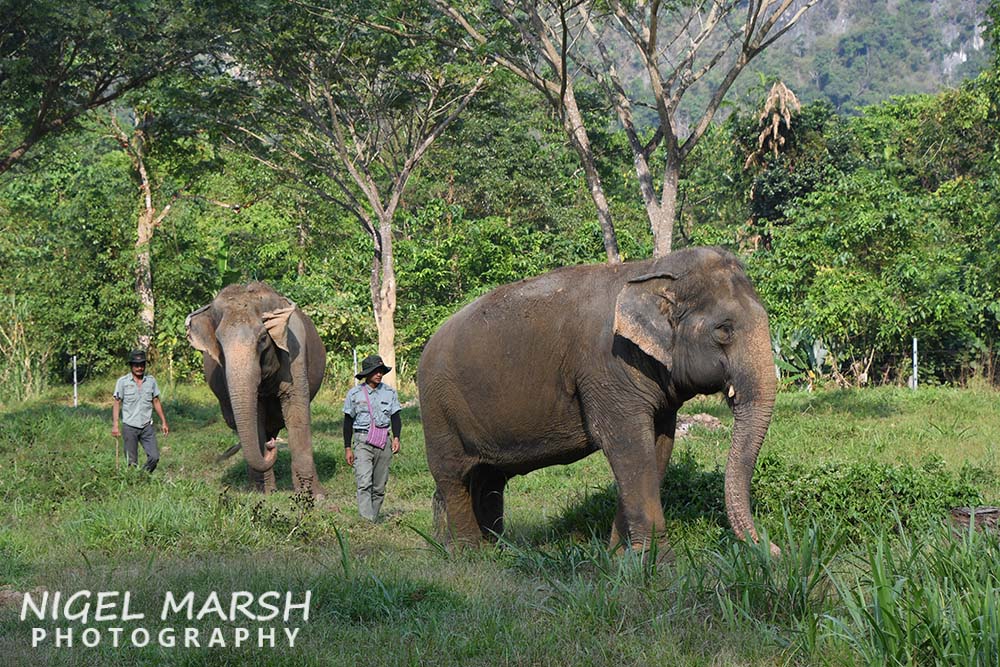
The stunning landscape was the first thing I noticed when we arrived at Elephant Hills. This eco resort has glamping style tents for guests, set around a central reception/bar/eatery. After check-in and a tasty lunch, we join an afternoon tour. This included a ninety-minute canoe safari down the Sok River, where we spotted longtail macaques, a water monitor, and several snakes as we drifted through spectacular gorges.
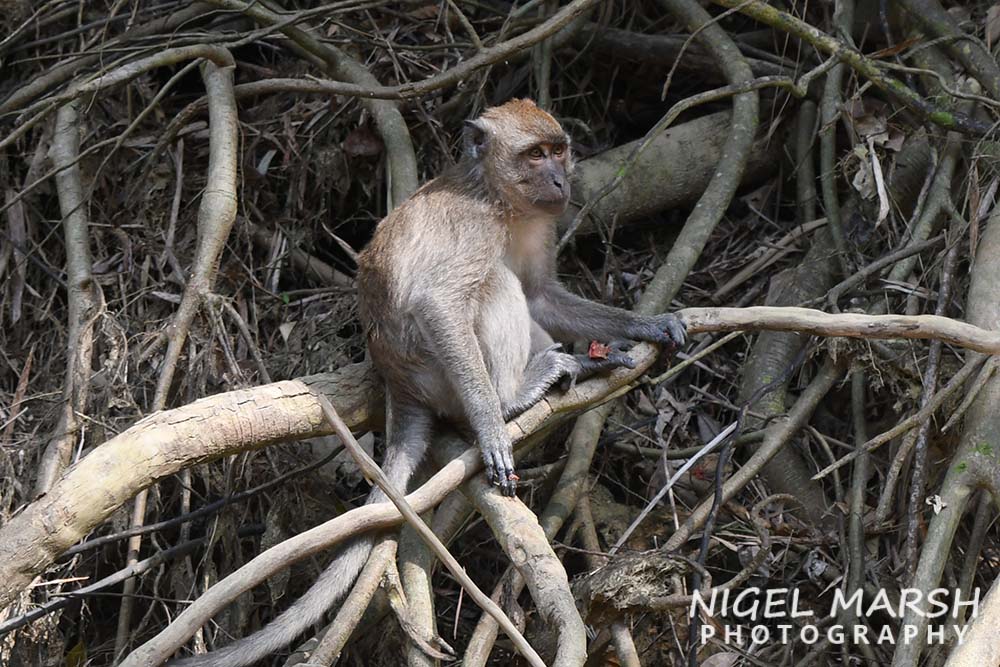
We then visited the elephant park, which is home to a dozen rescue elephants. We fed and patted the elephants and learnt a little about their history and the importance of elephants to Thai culture.
The next day was more touring, with a two-hour bus journey to Cheow Lan Lake. This massive waterway dominates the national park and was formed by the construction of Ratchaprapha Dam in the 1980s. There we joined a longtail boat, exploring the lake, which is dominated by tower cliffs and karst formations, before arriving at the Elephant Hills Rainforest Camp. You can stay at this floating camp and explore the rainforest, but with limited time we enjoyed a wonderful lunch, swam in the lake, and kayaked the waterways. There is some amazing wildlife in the area, and we spotted dusky leaf monkeys and several bird species.
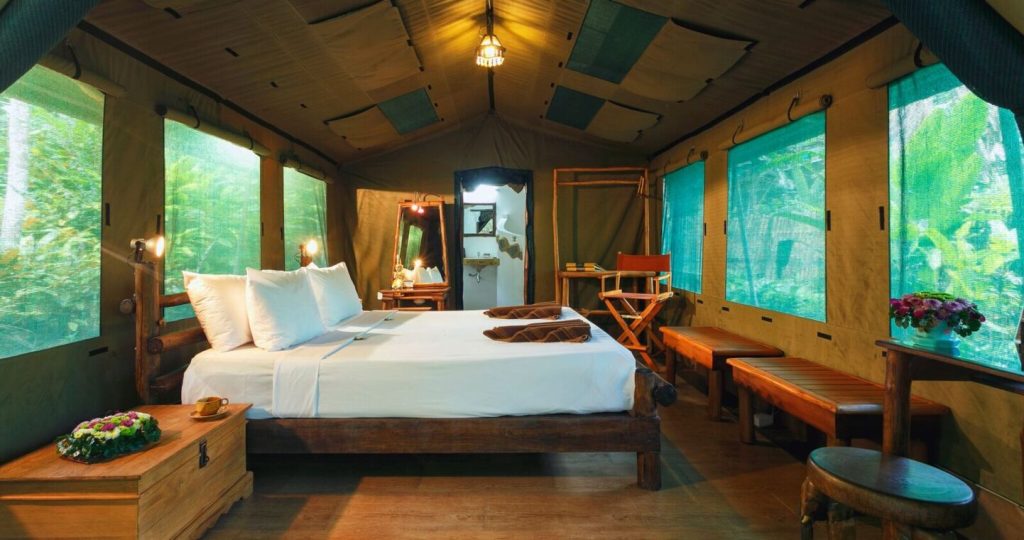
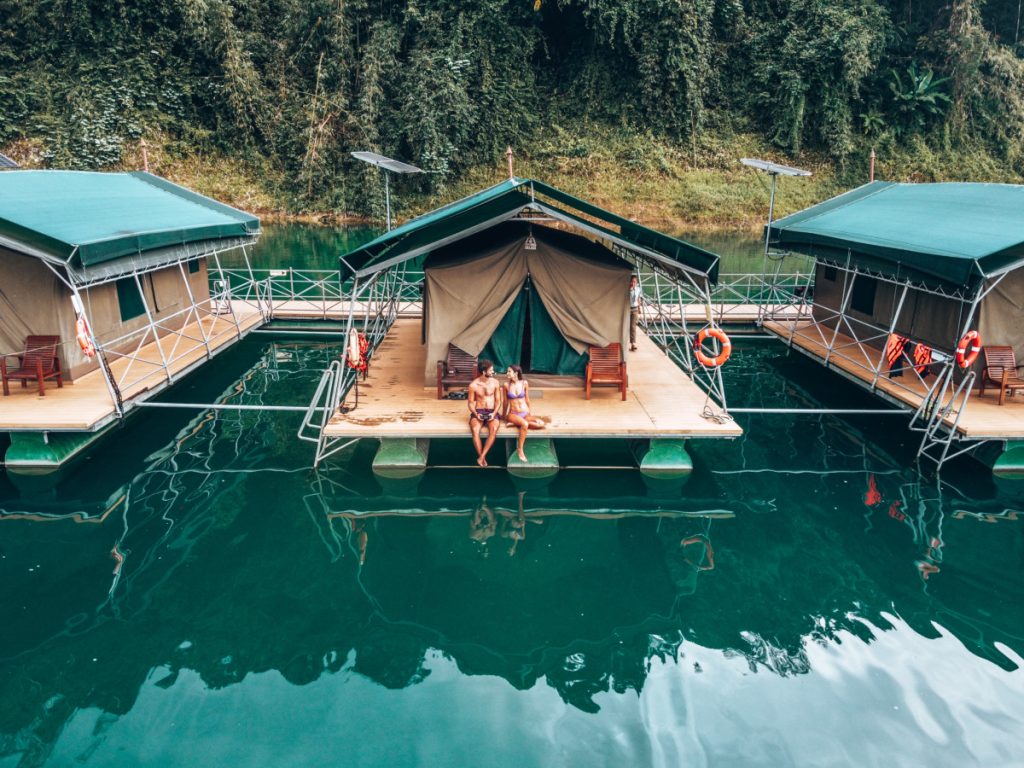
All too soon my Thailand reef and rainforest combo tour ended, leaving me wanting much more from this area.

